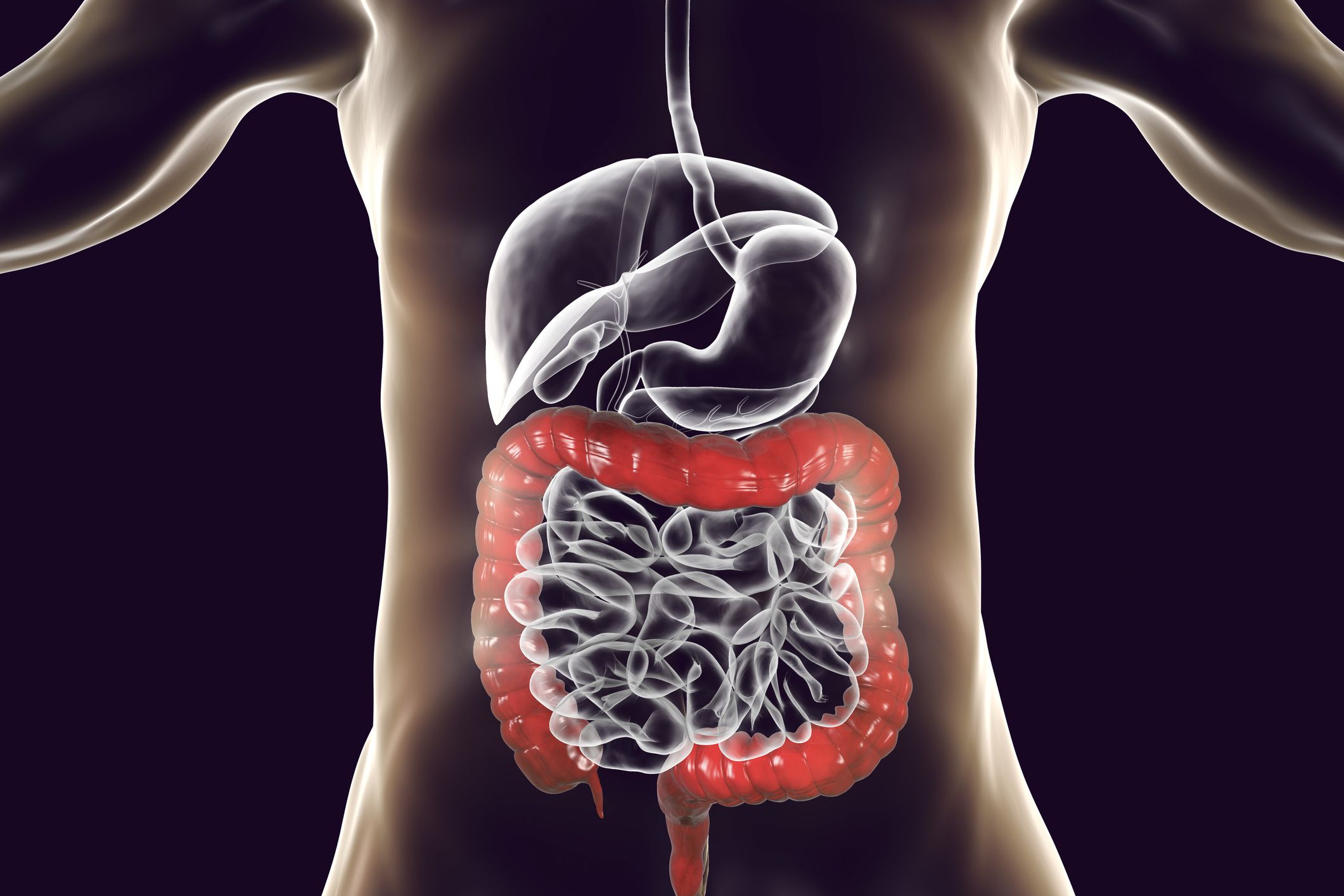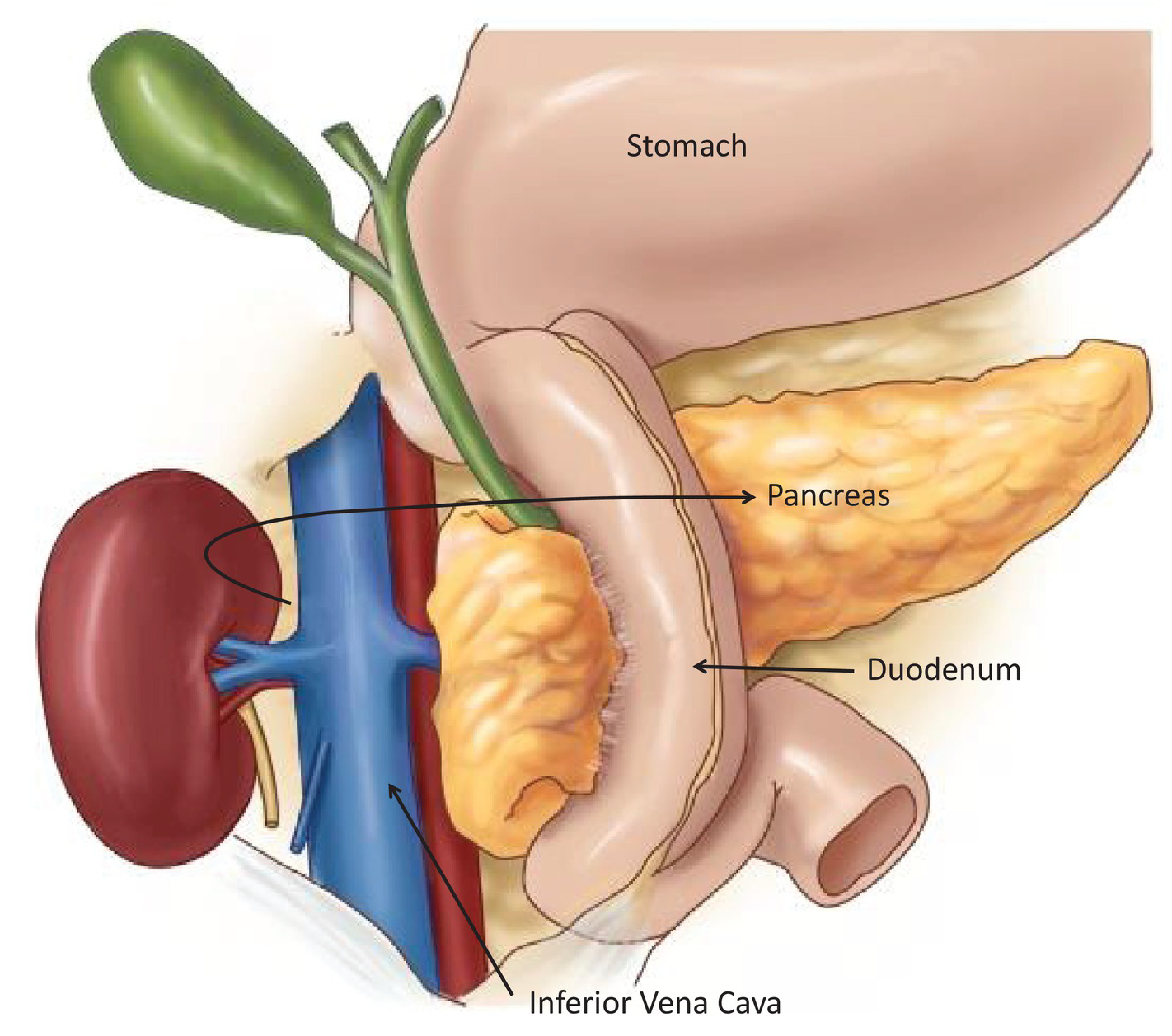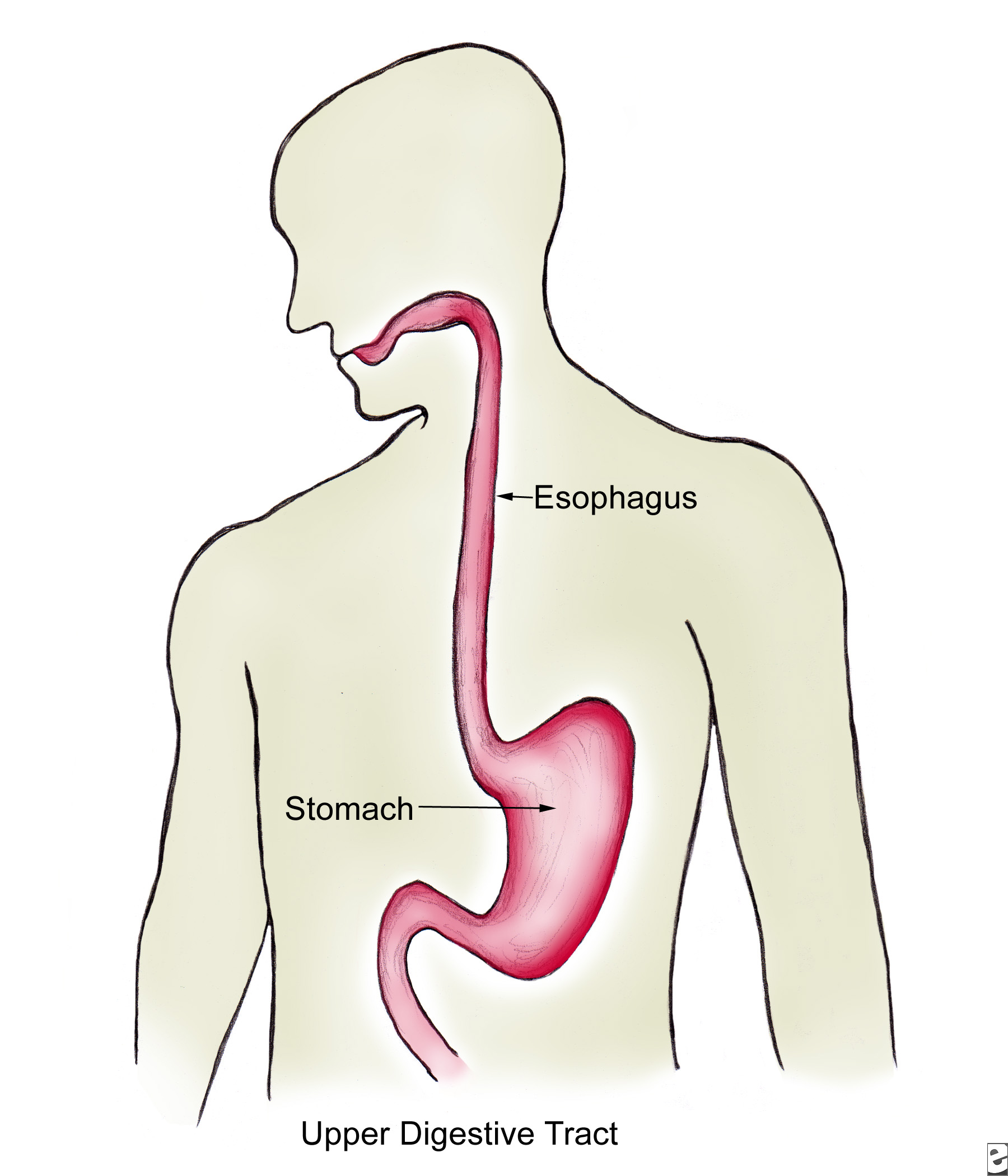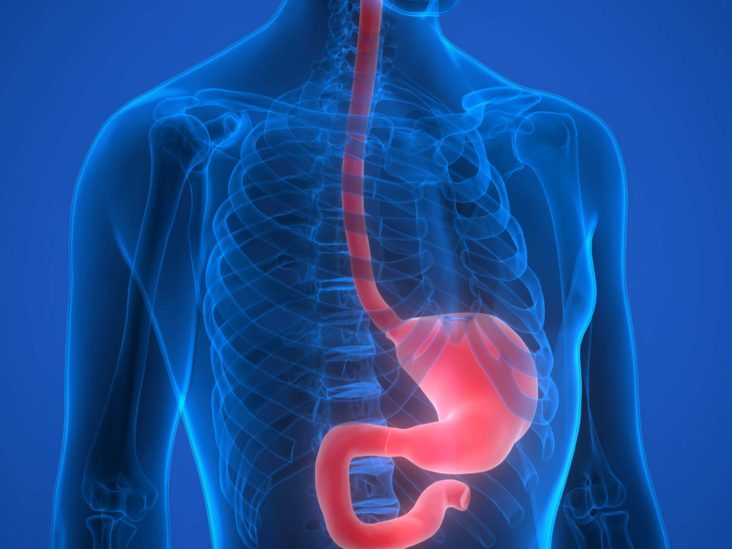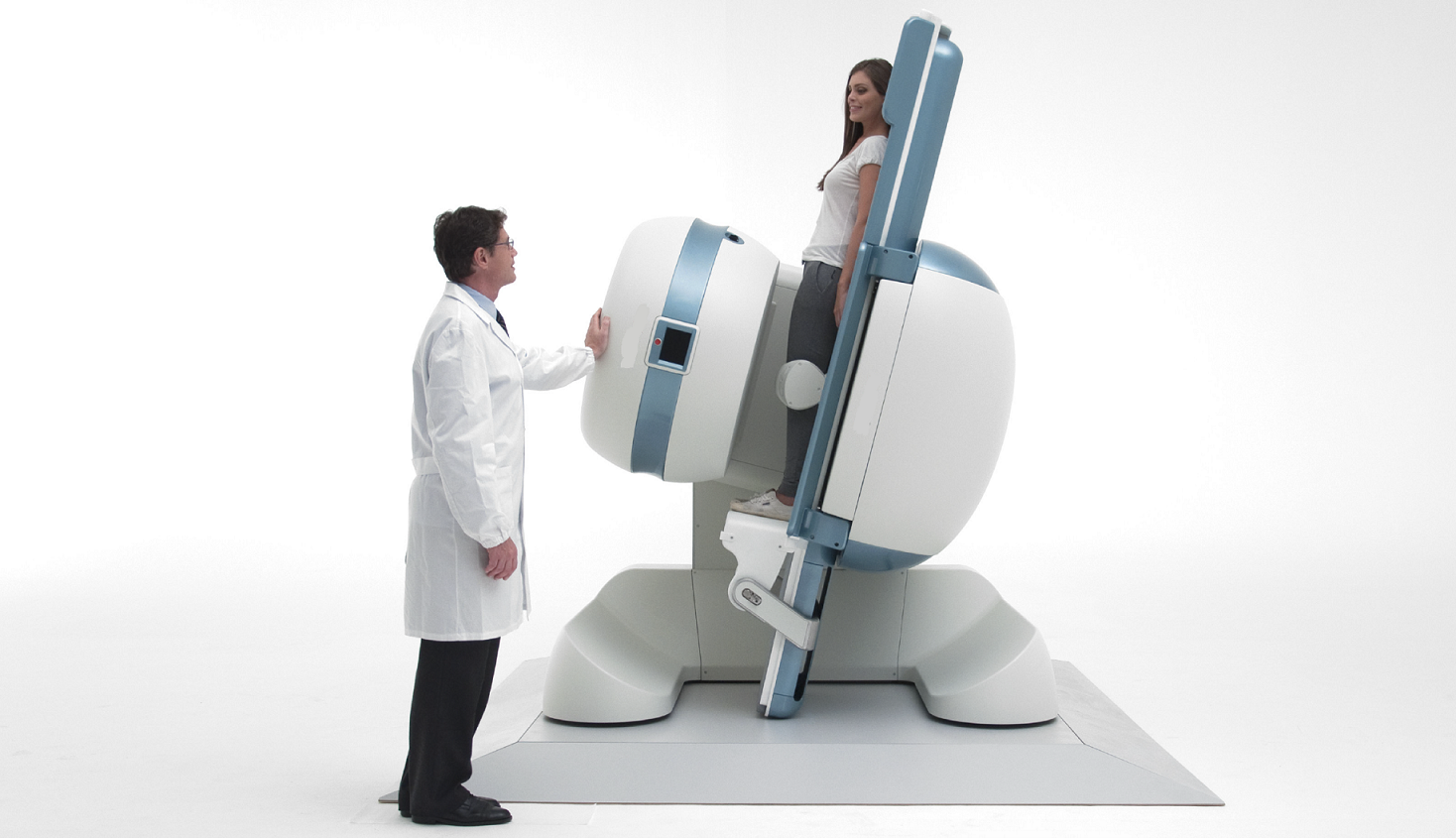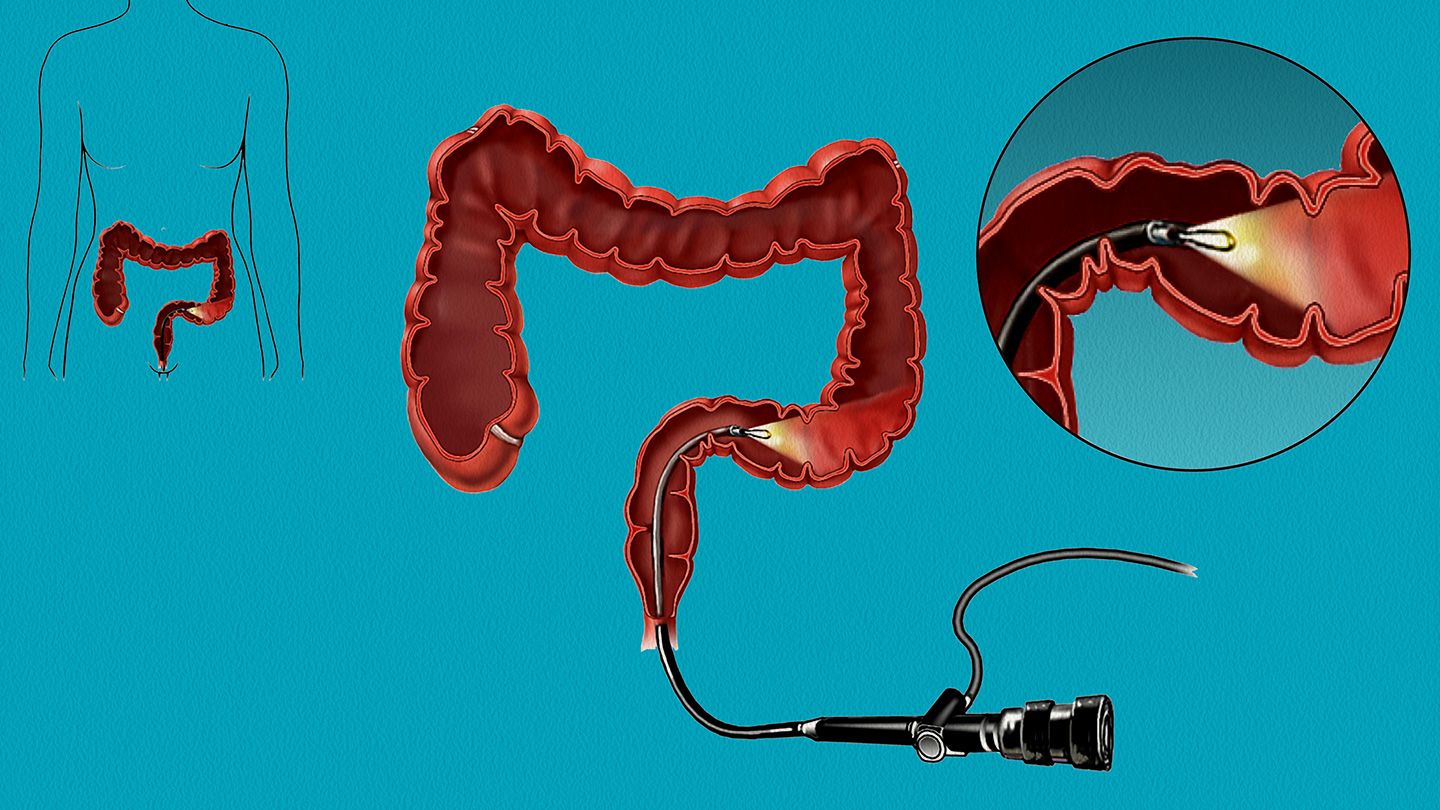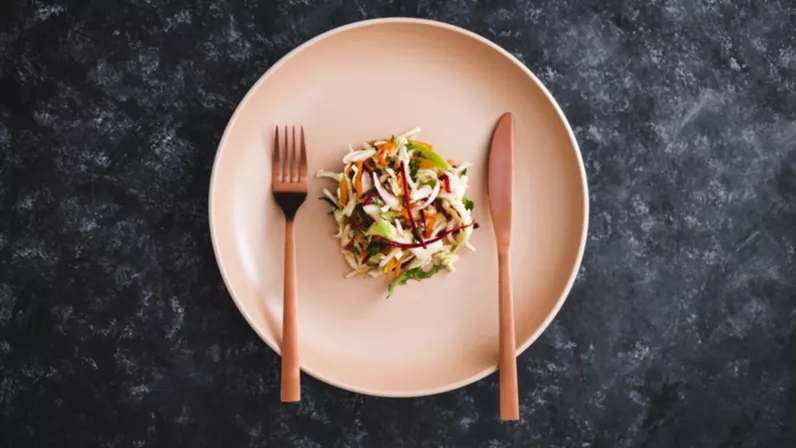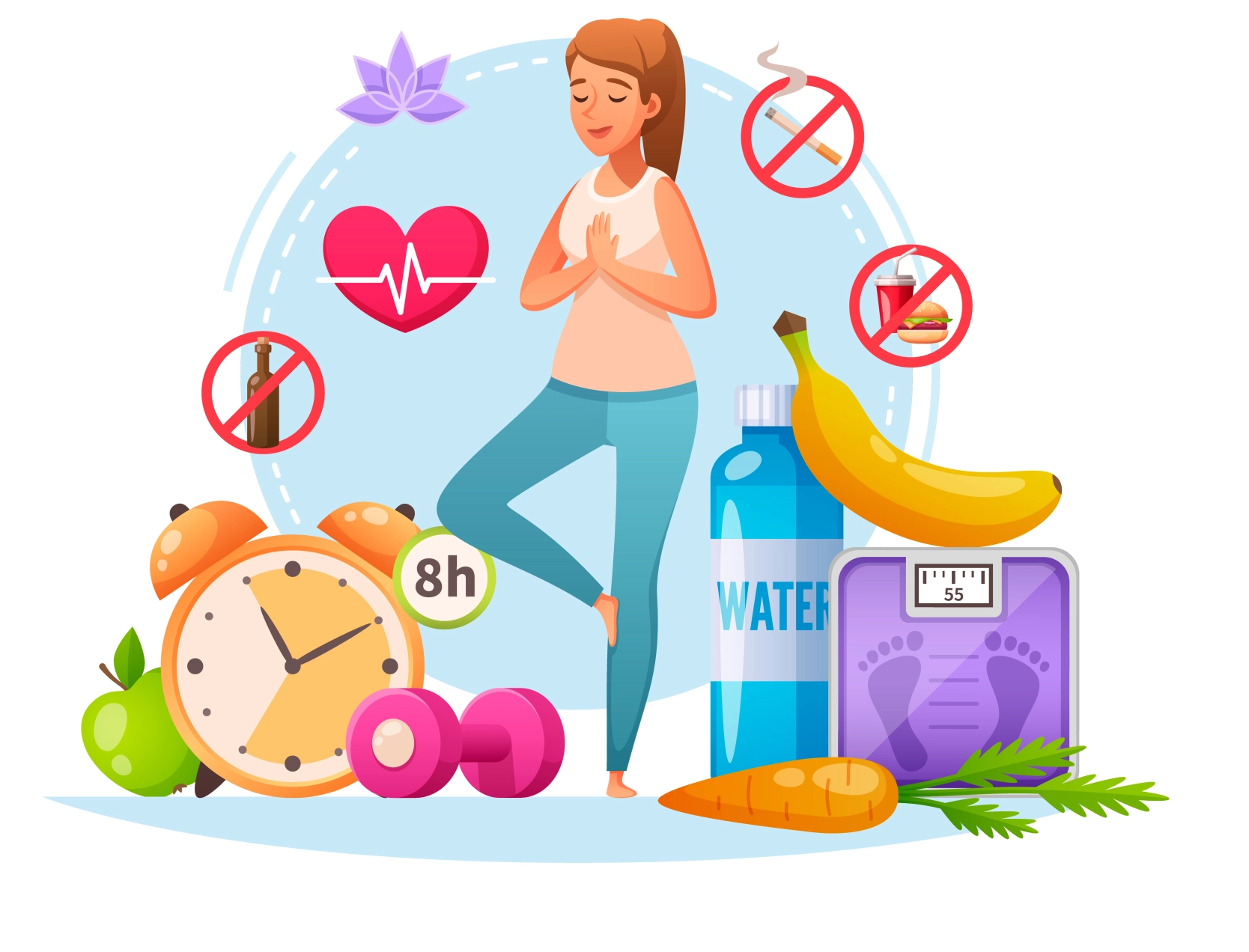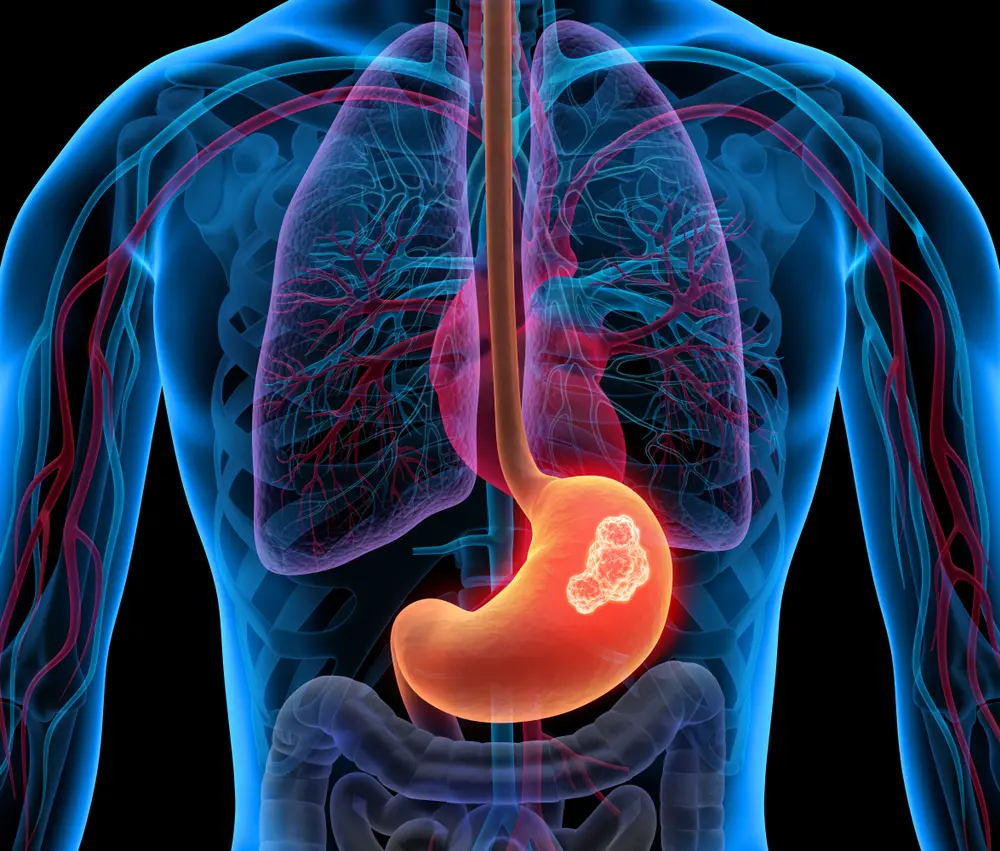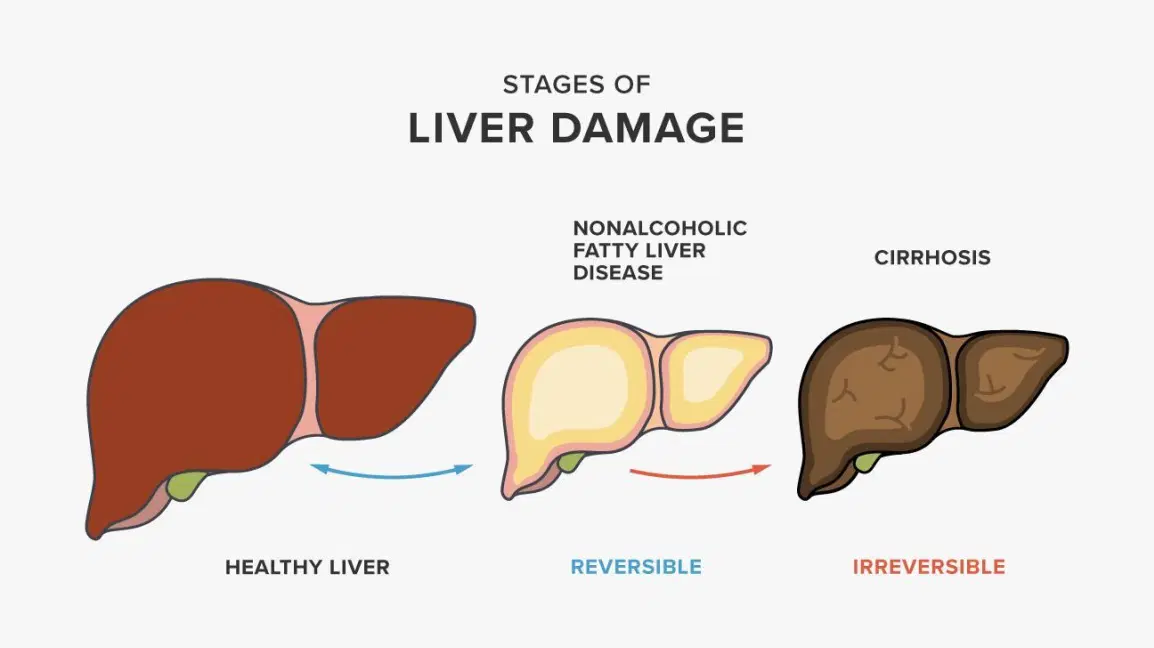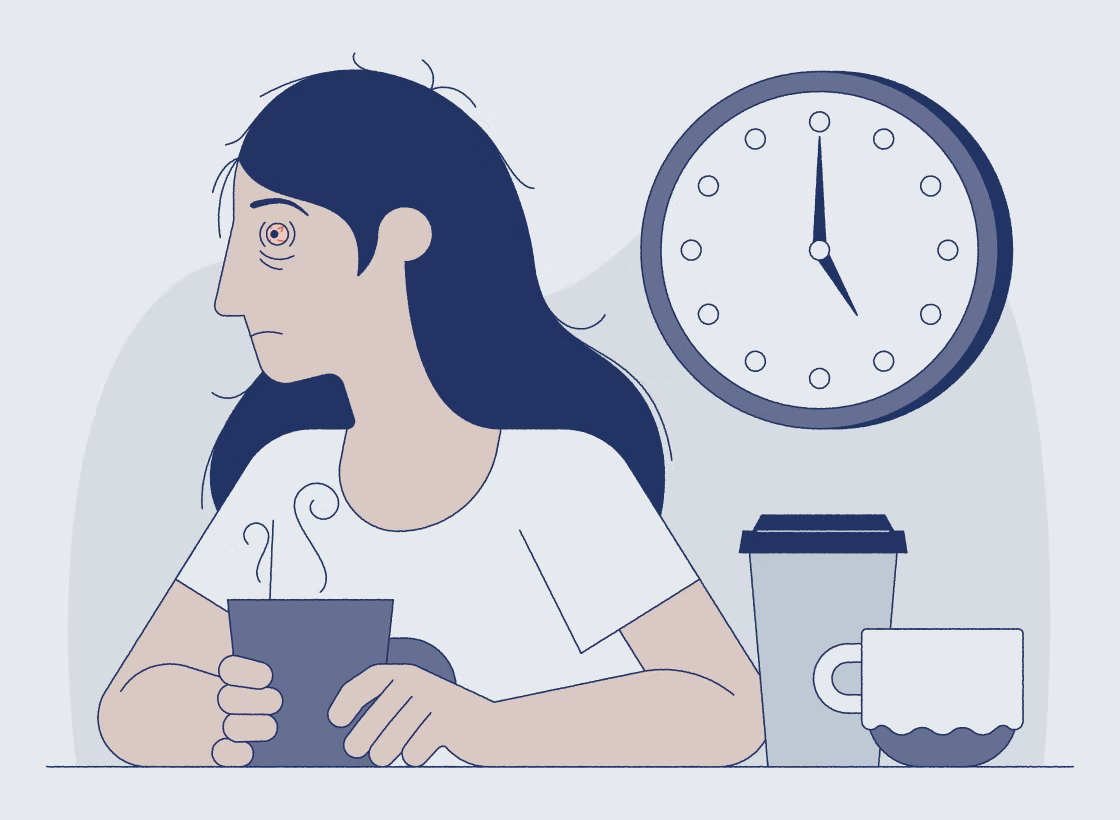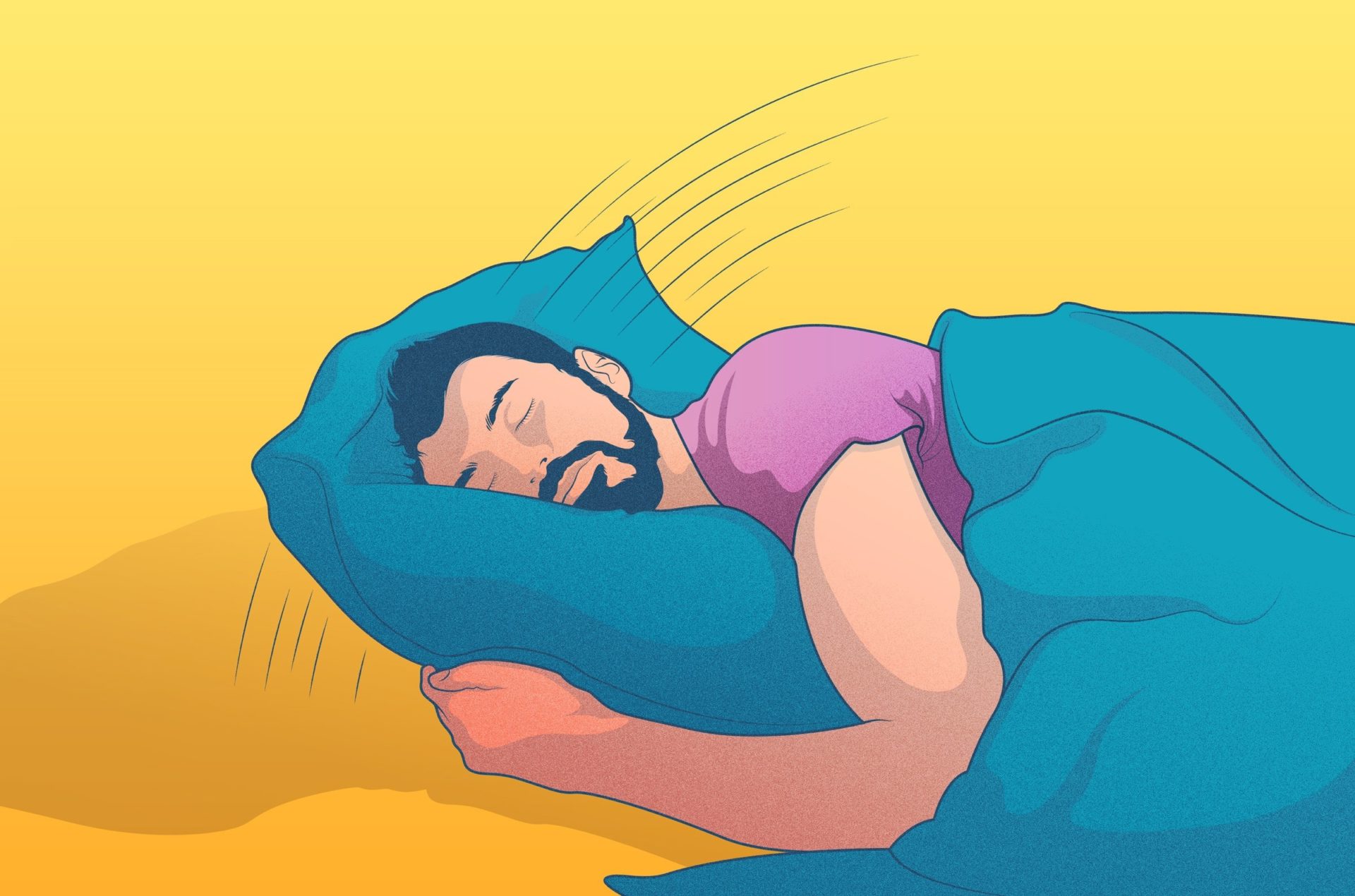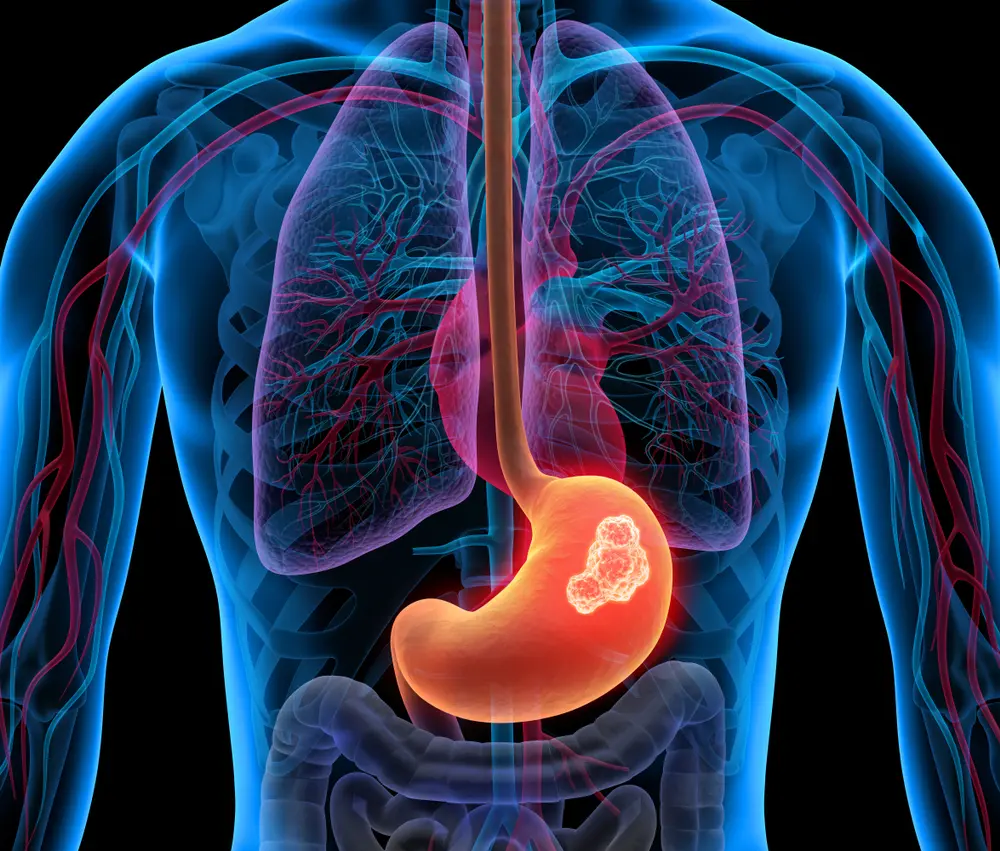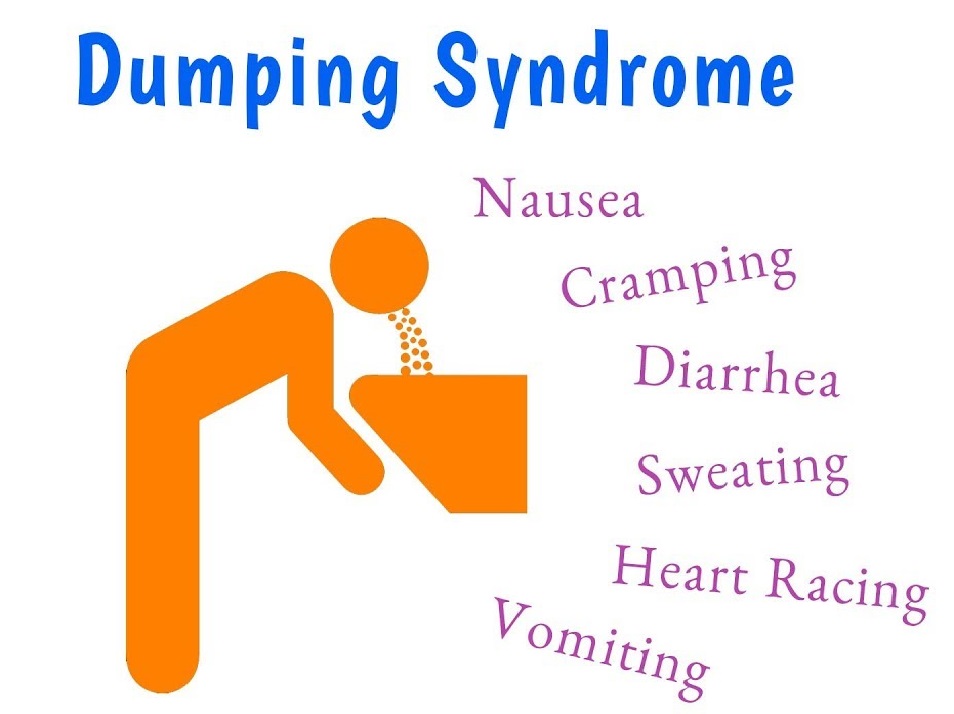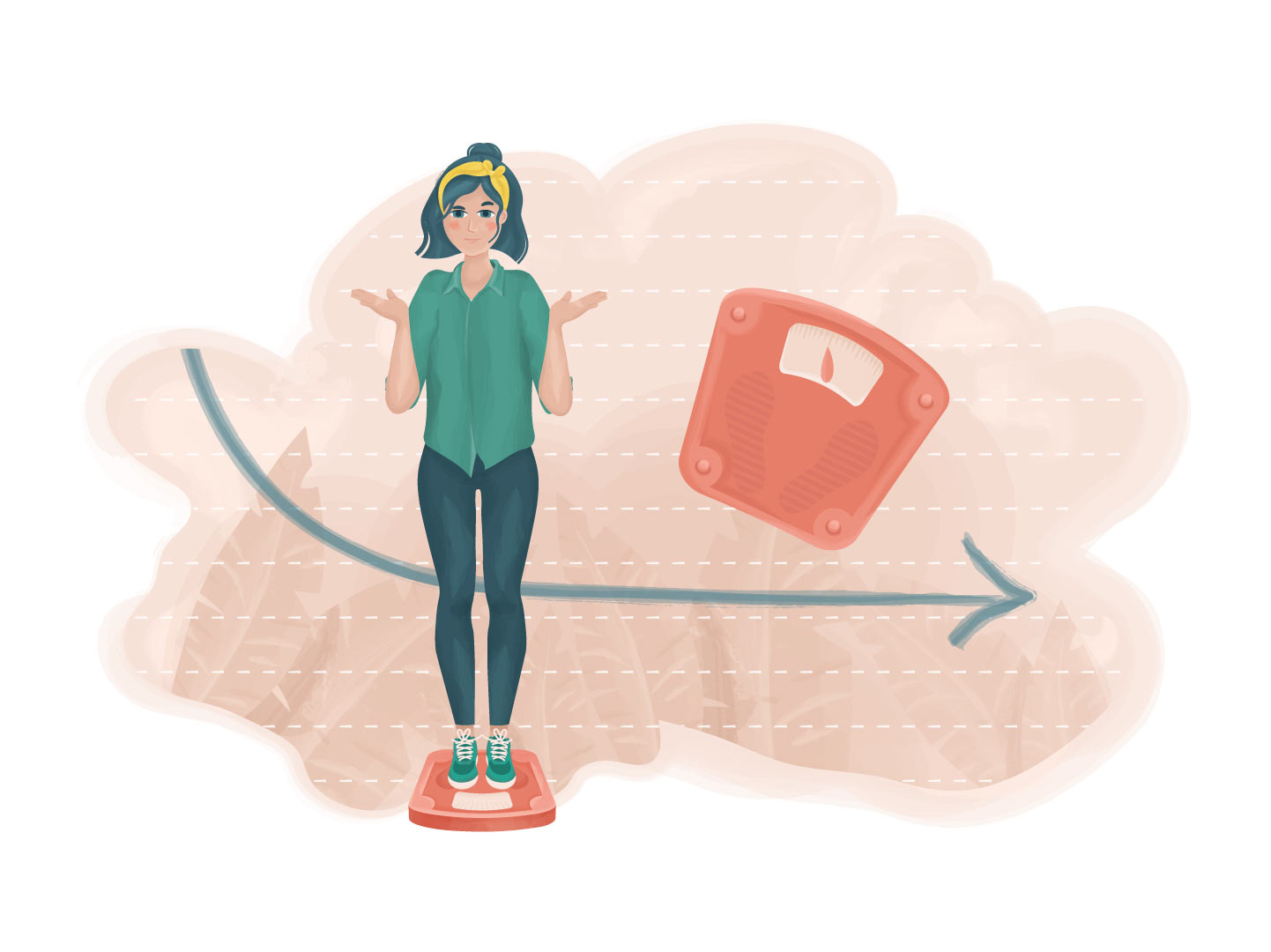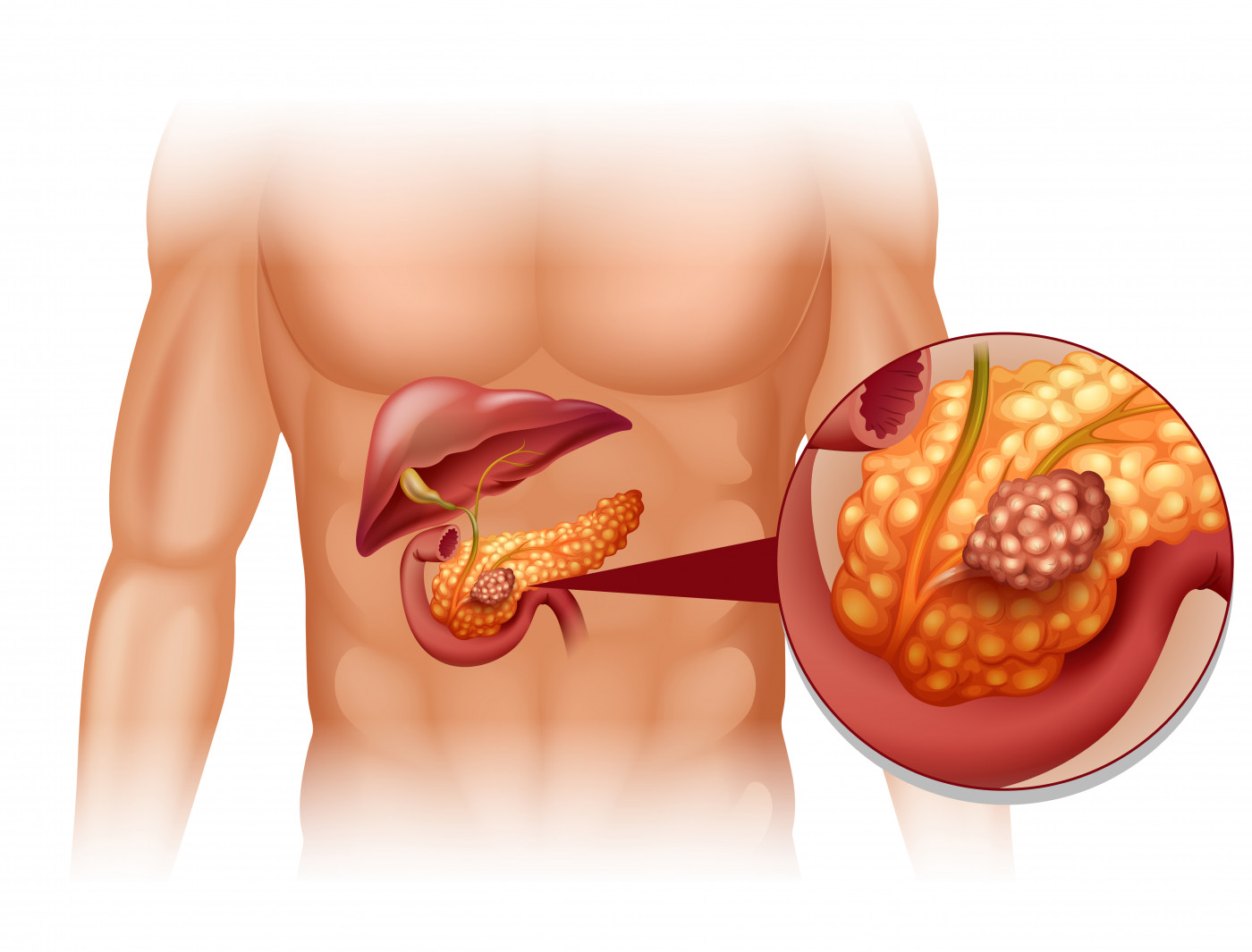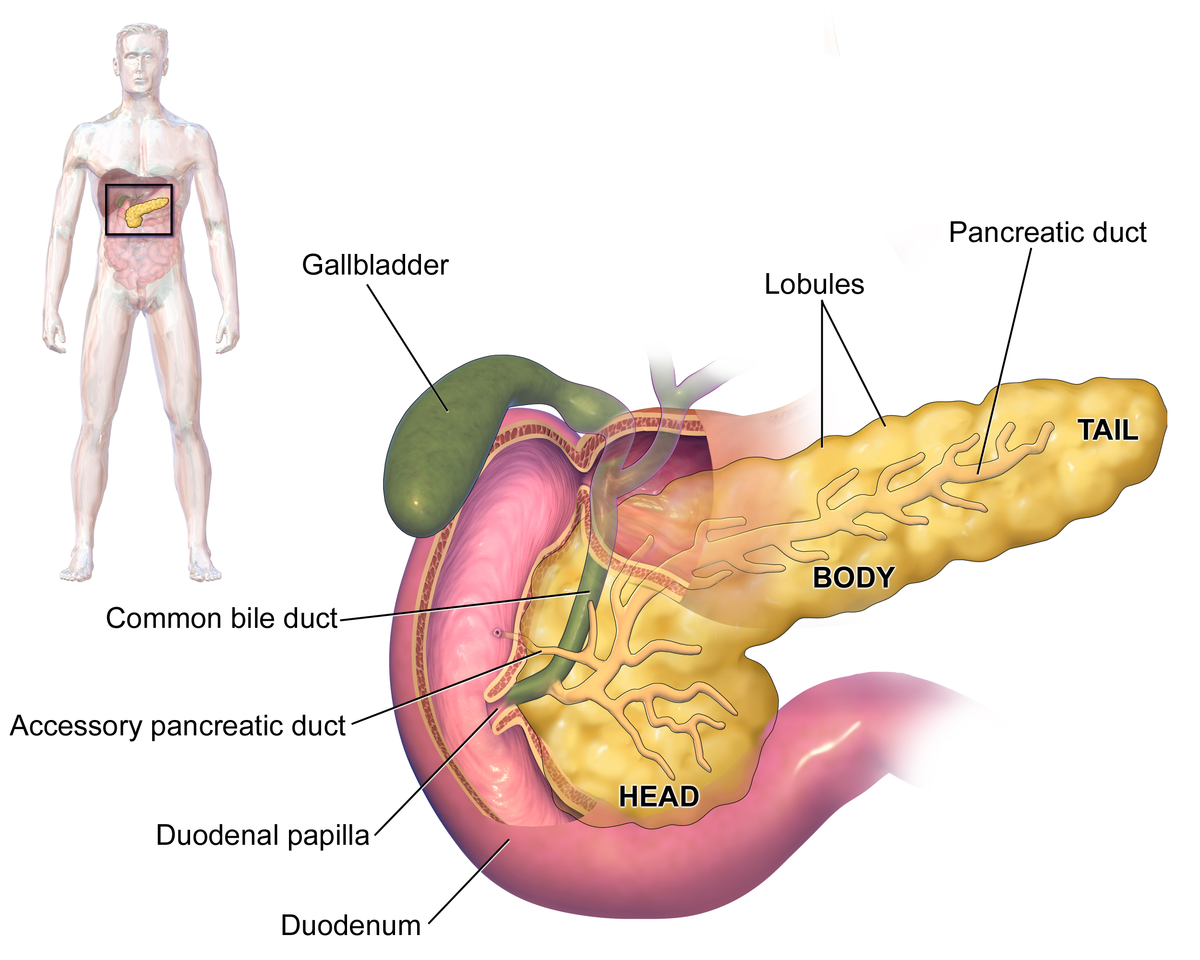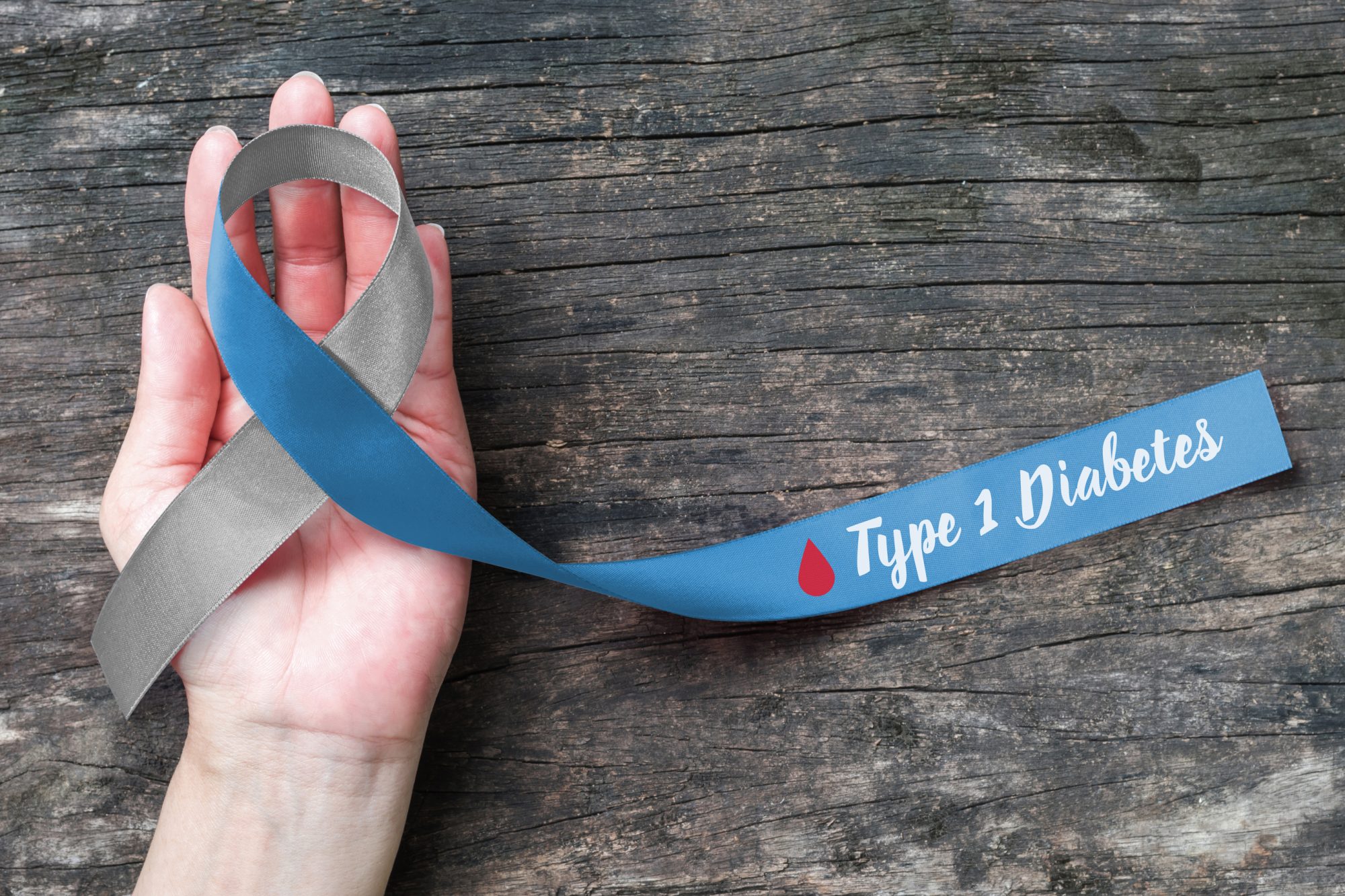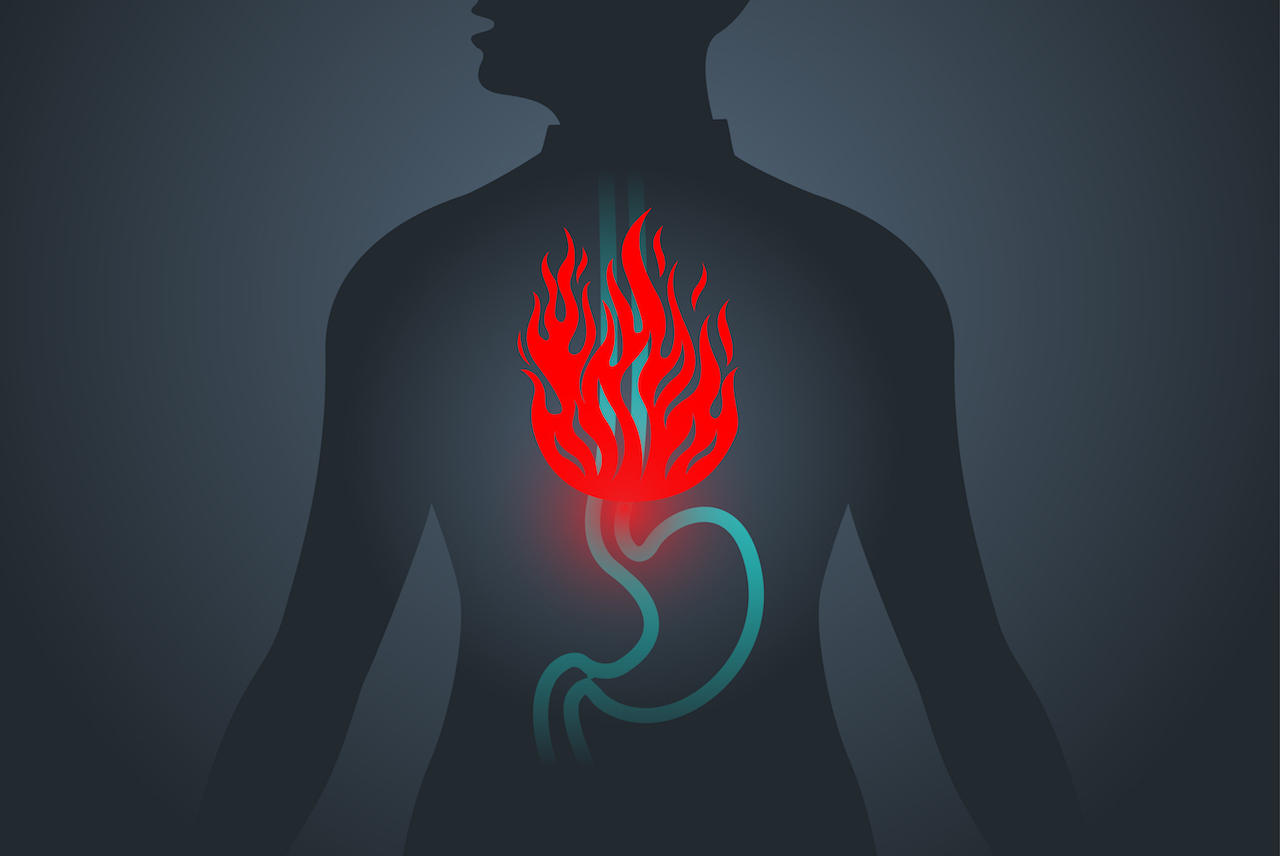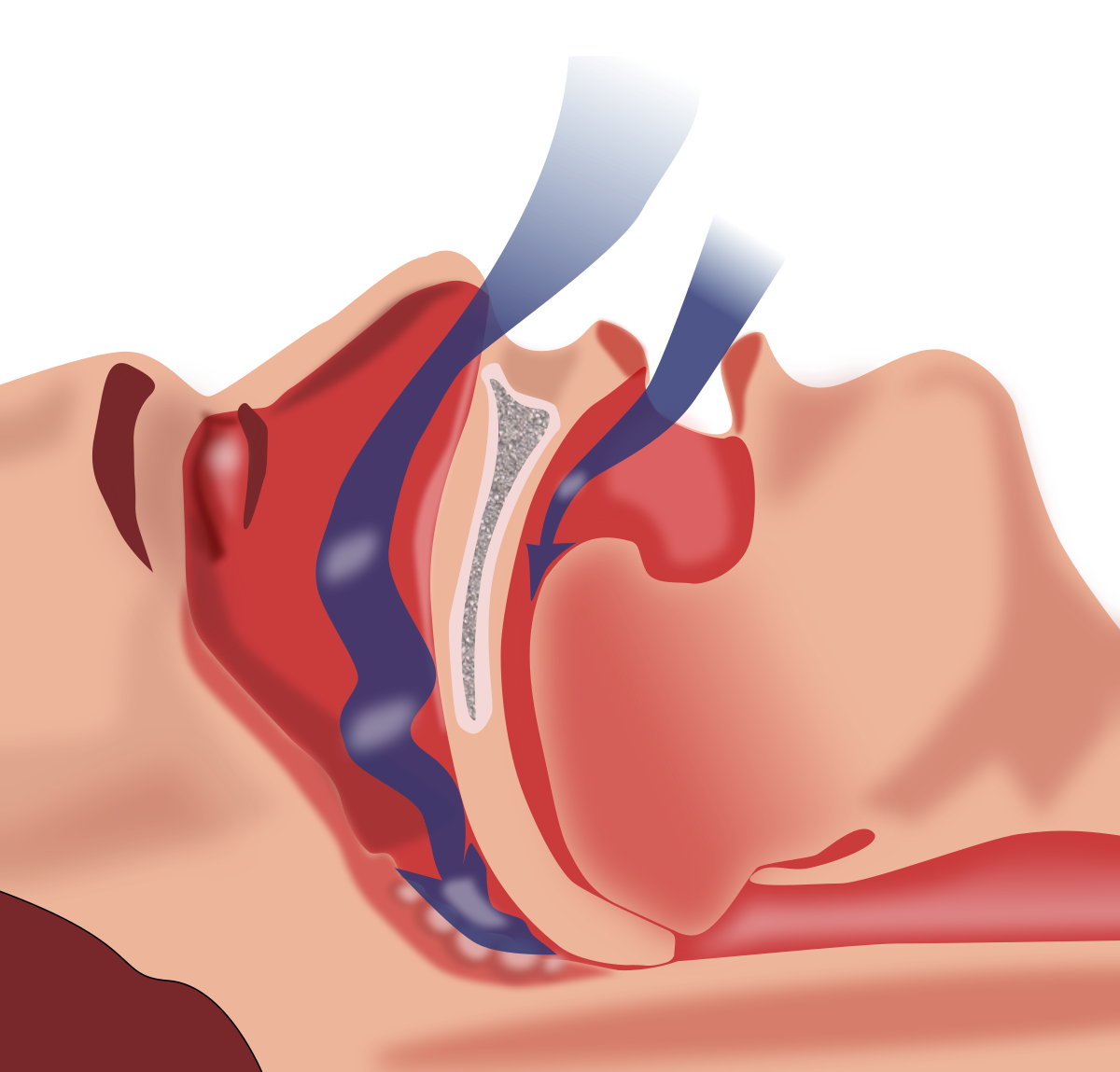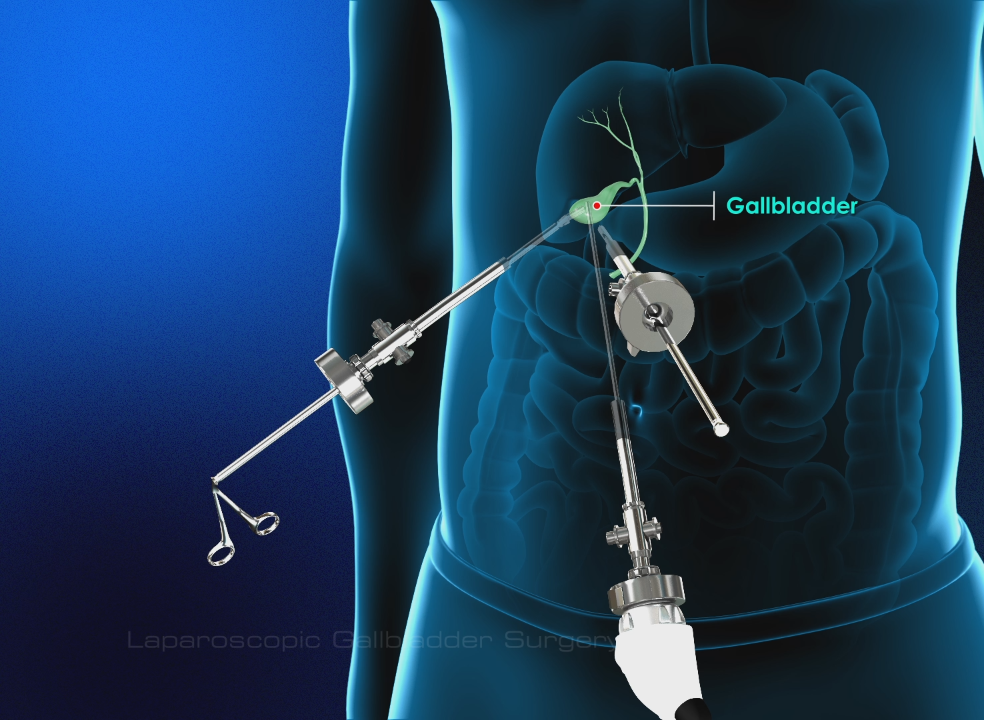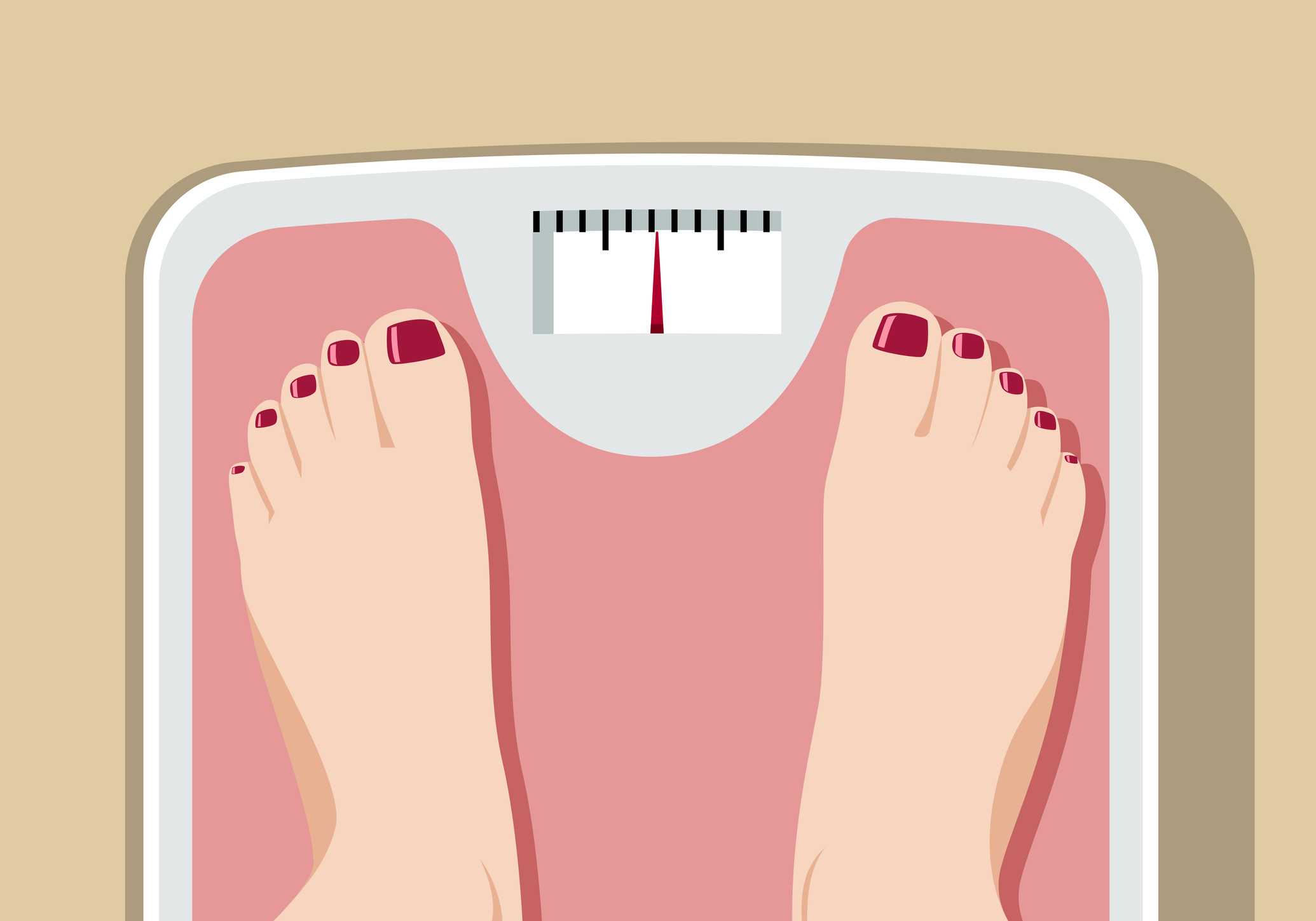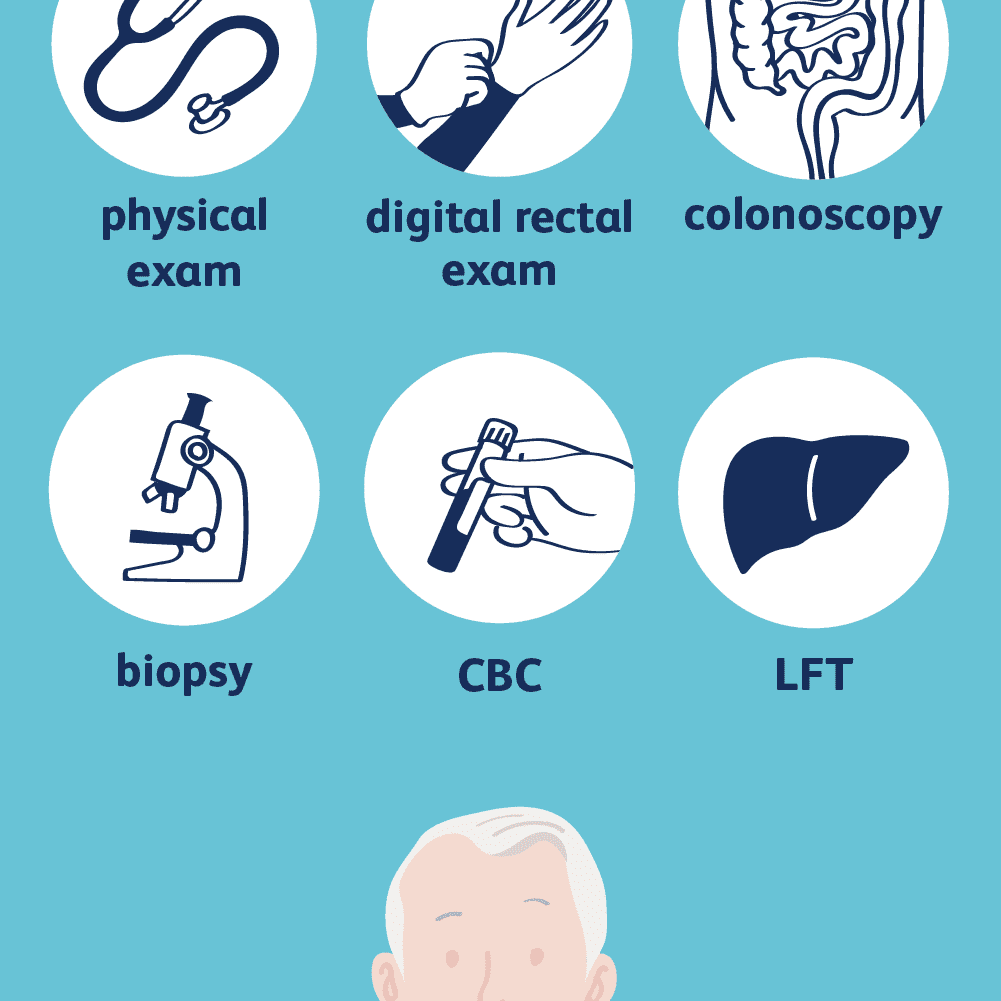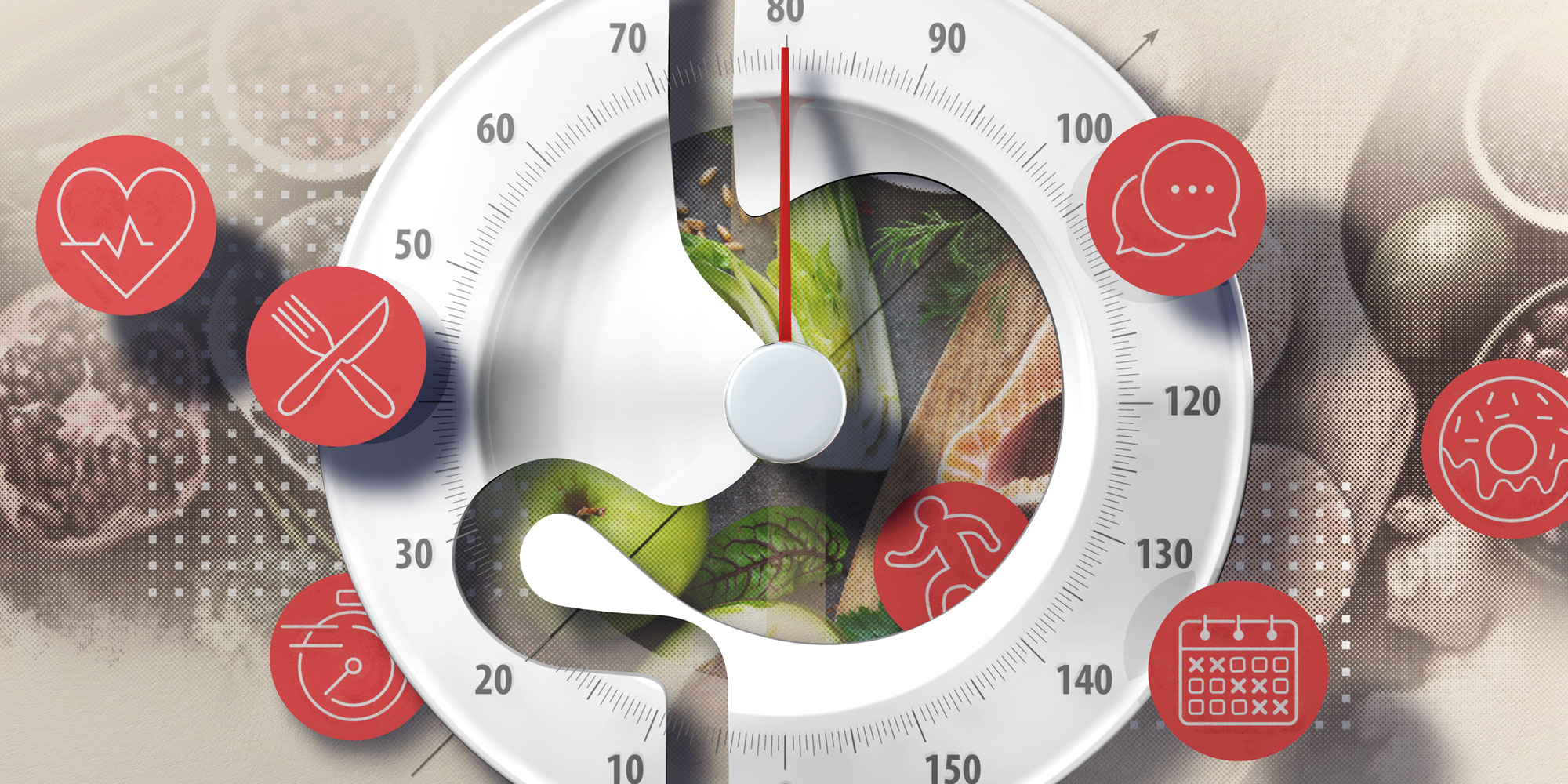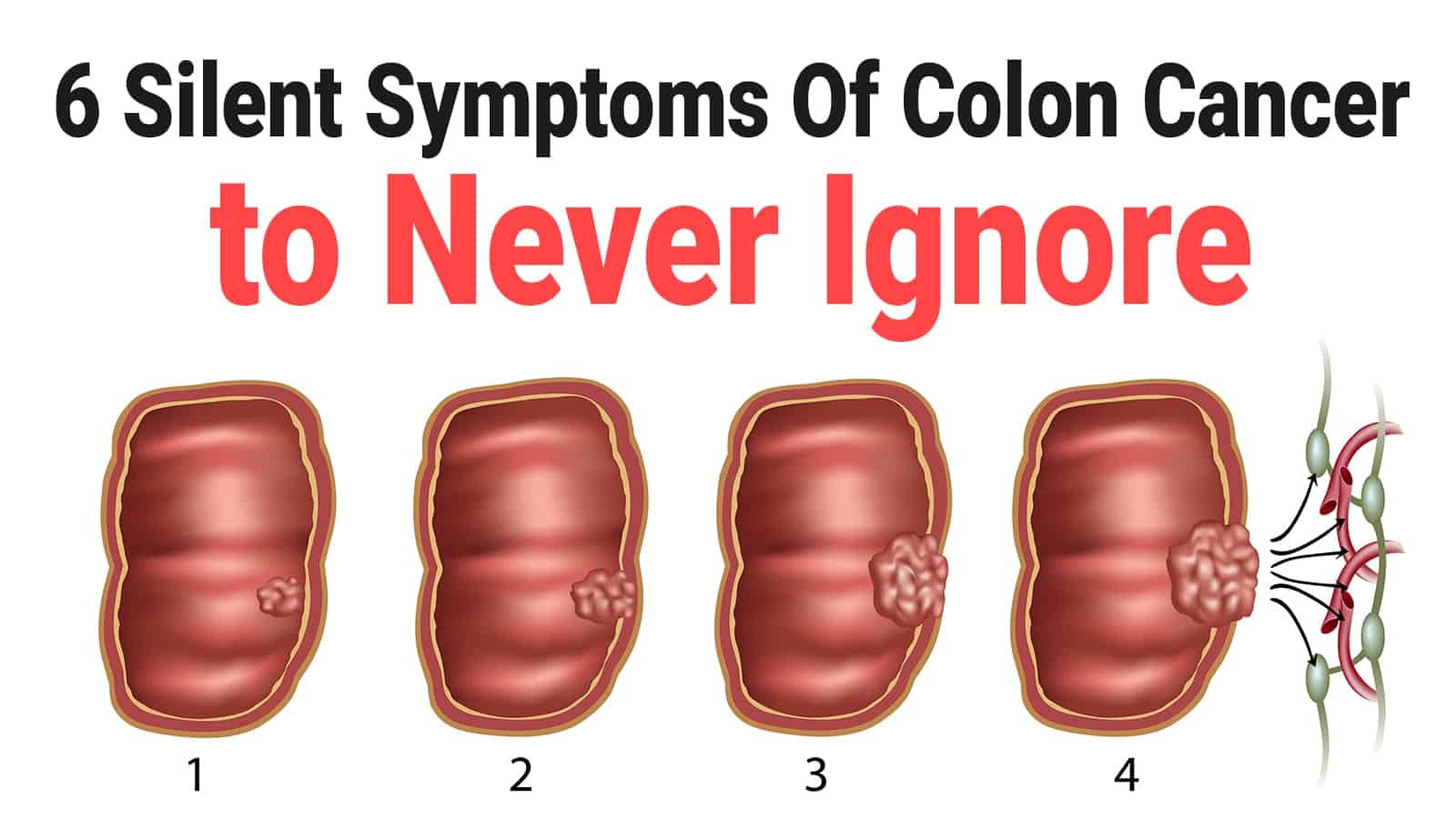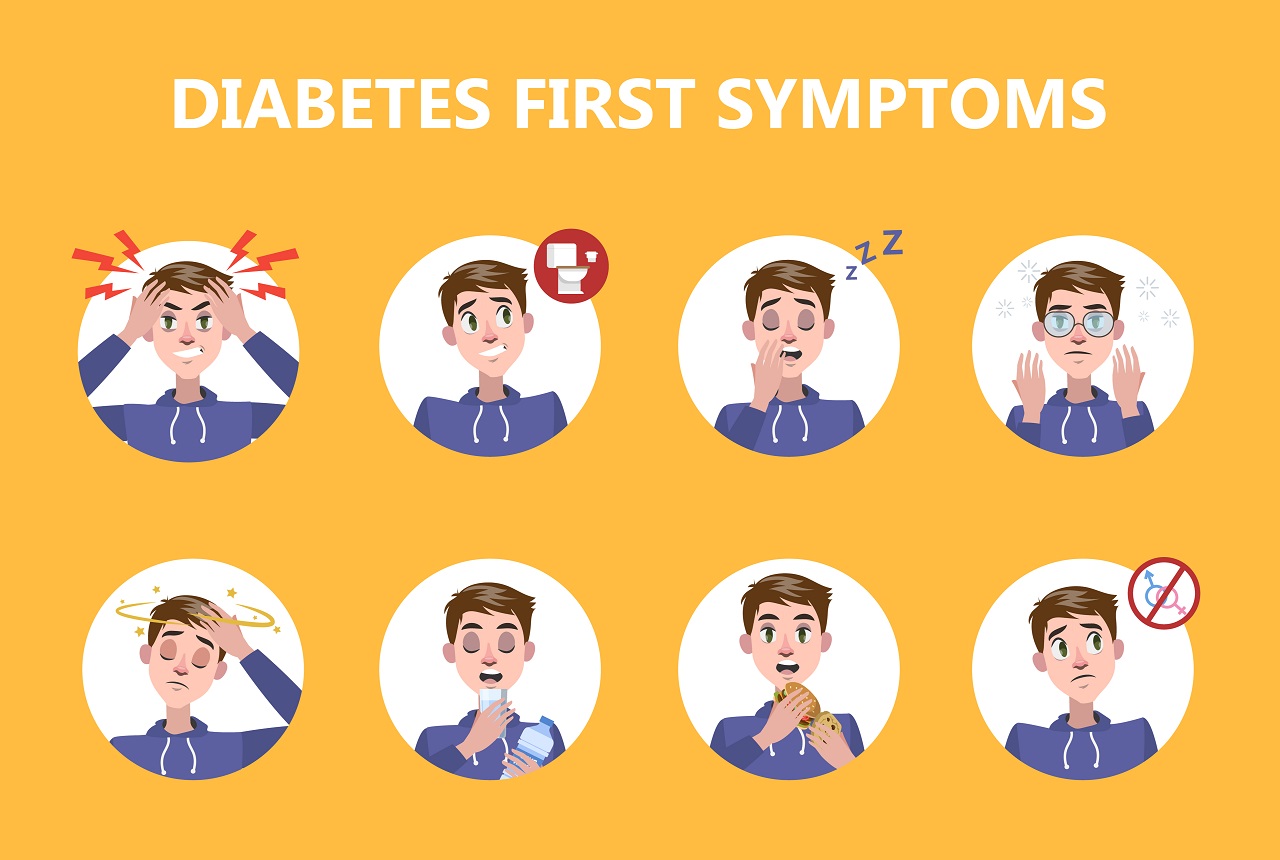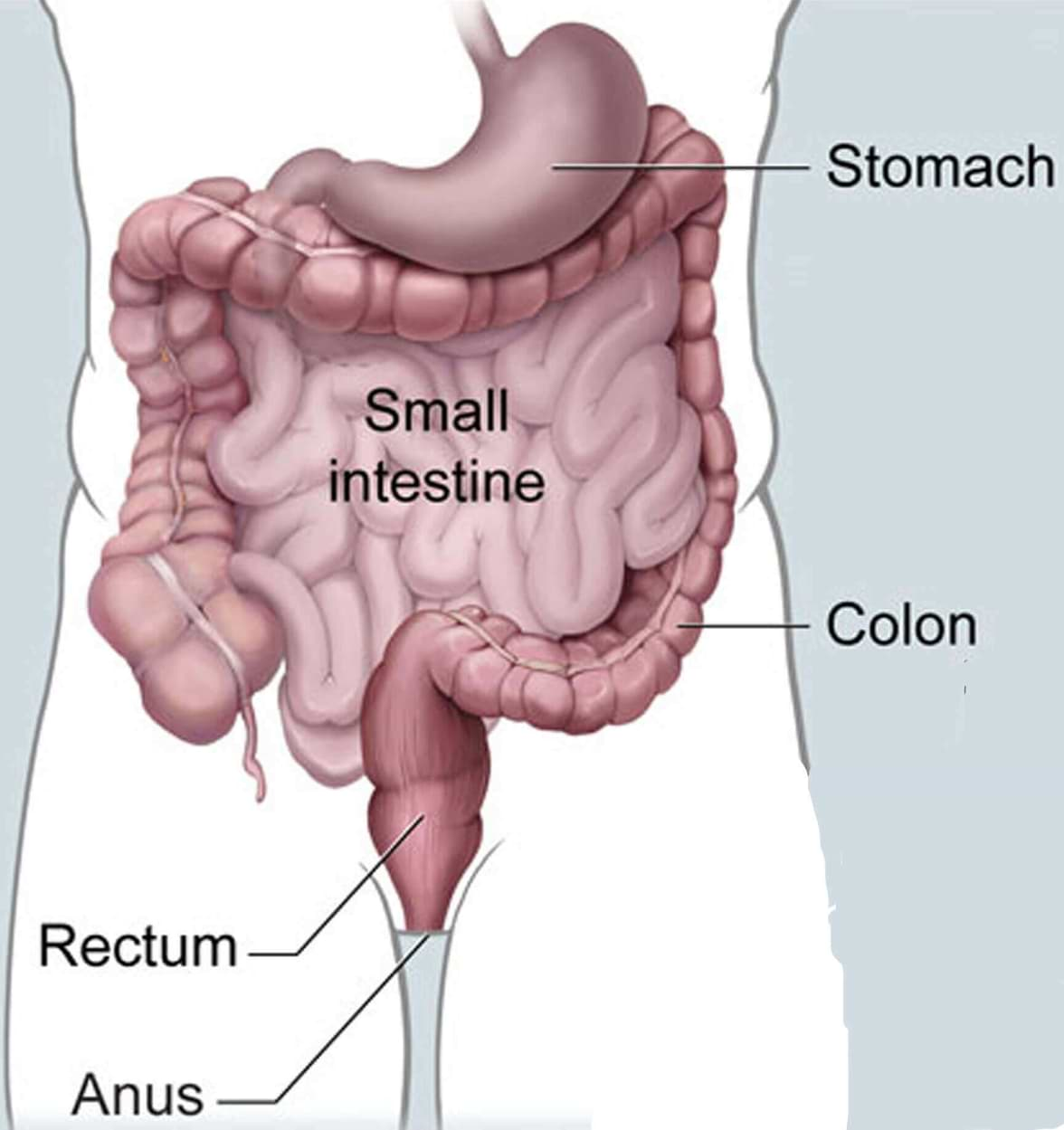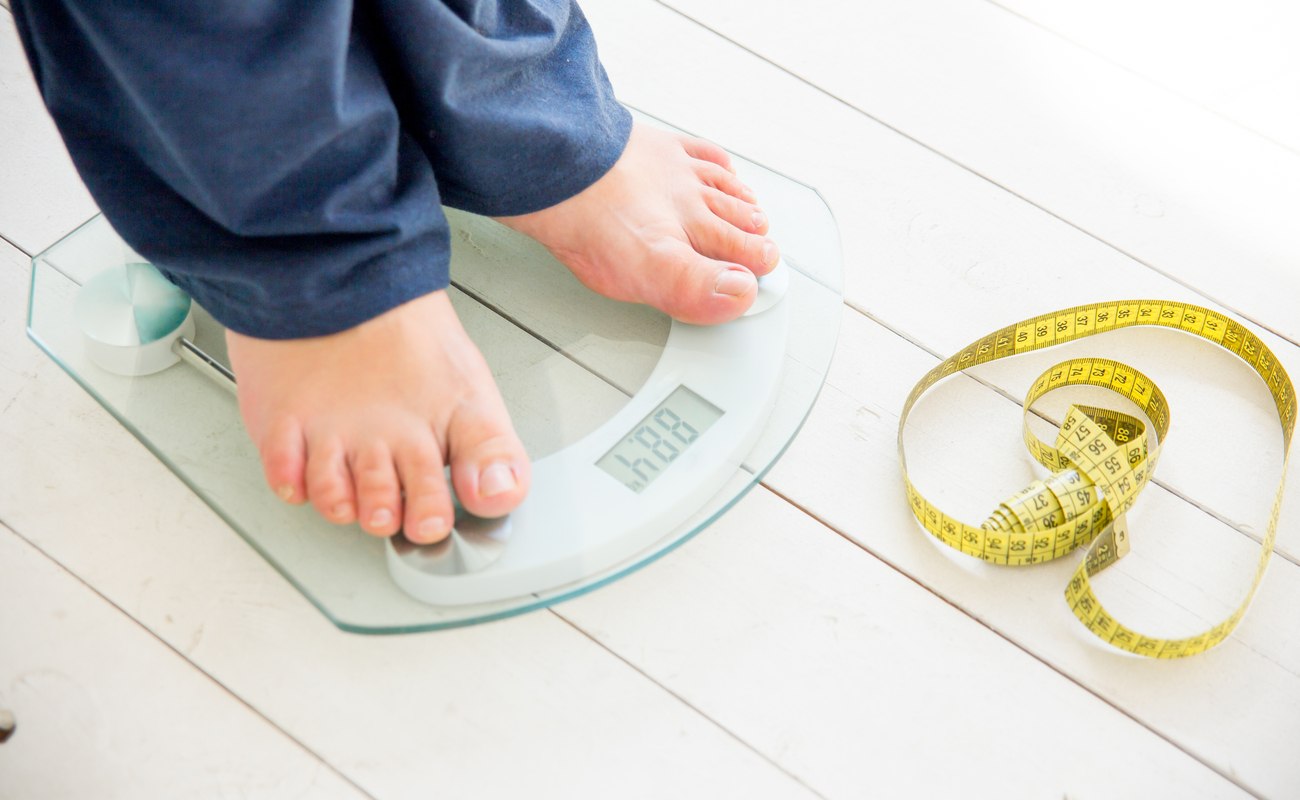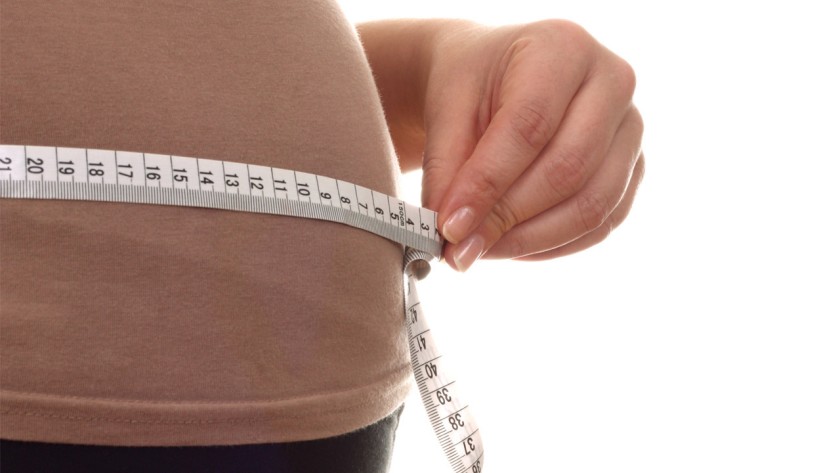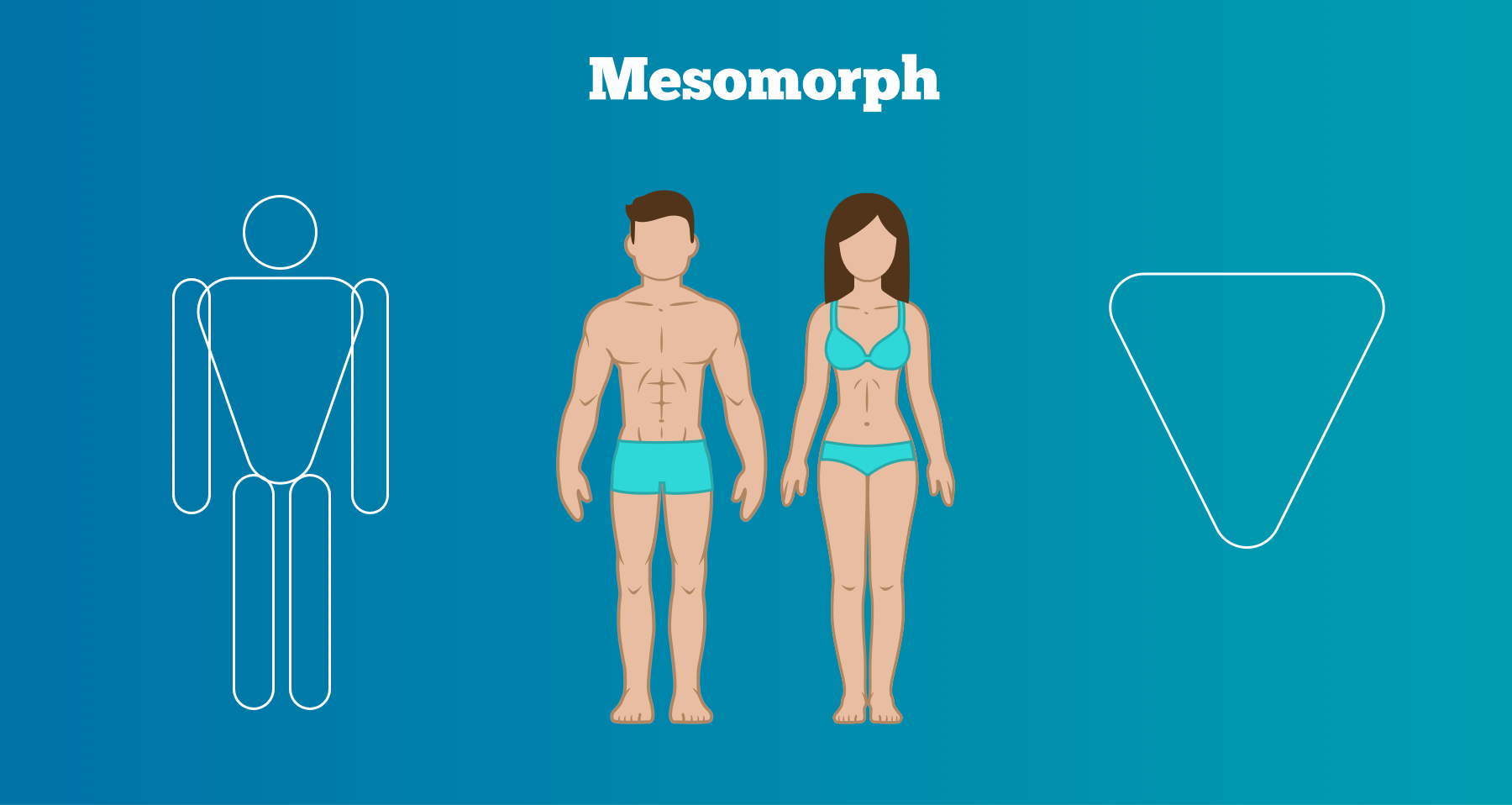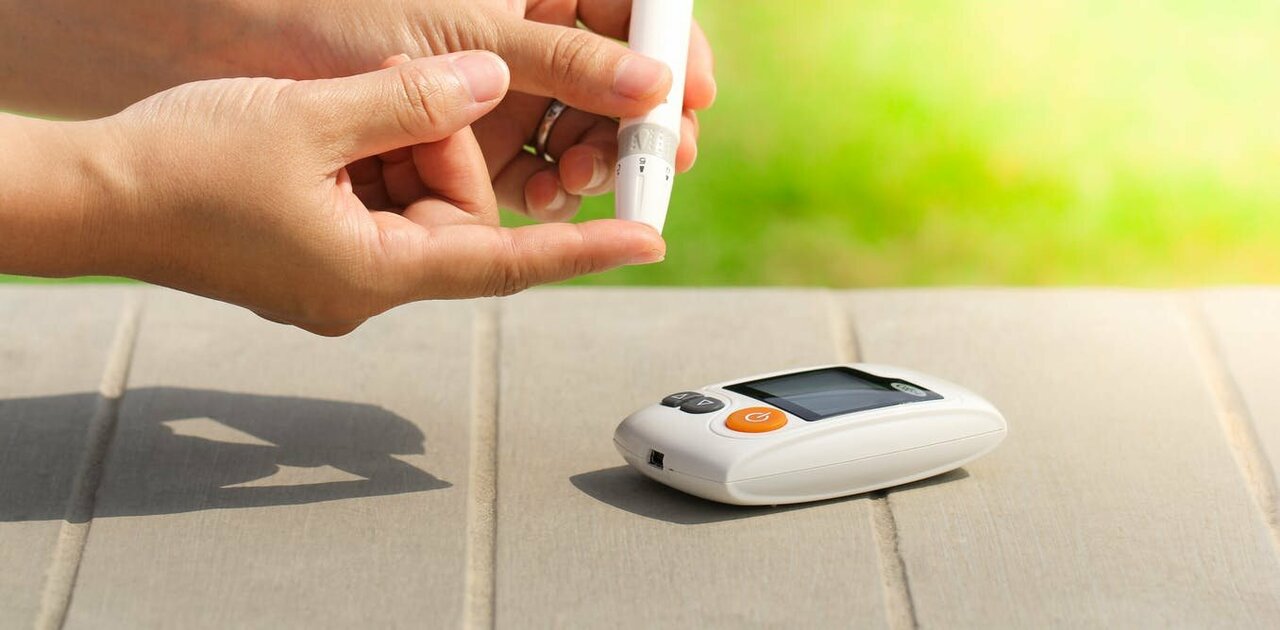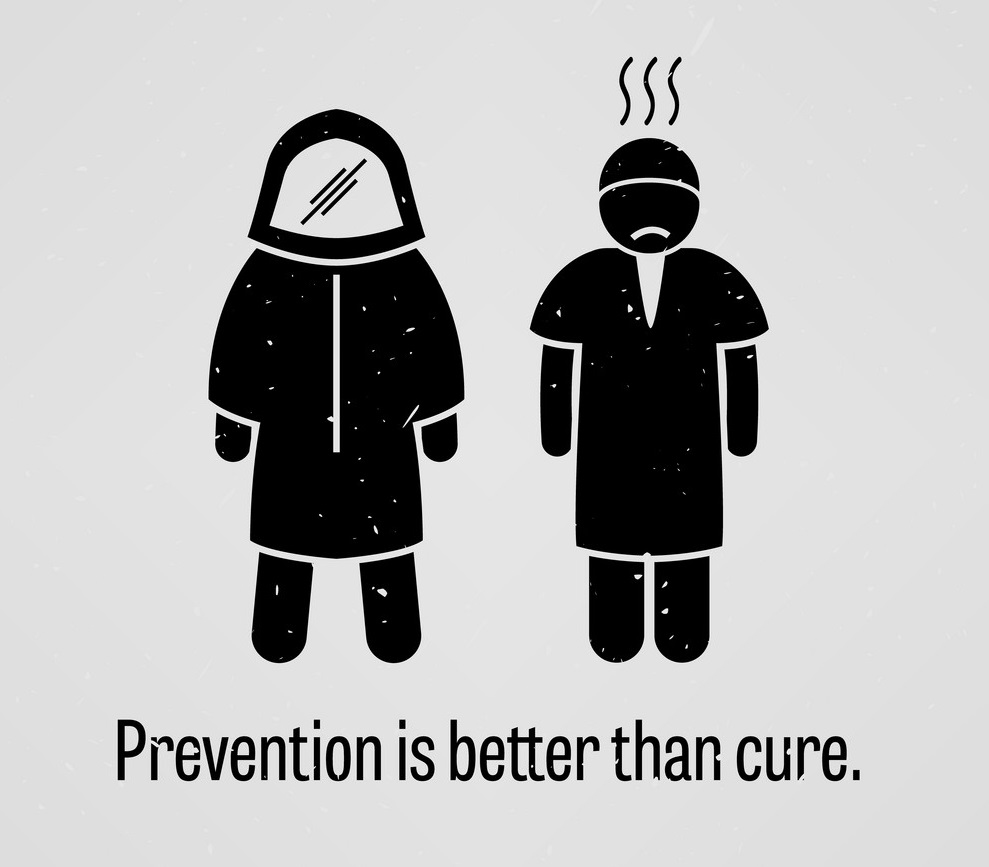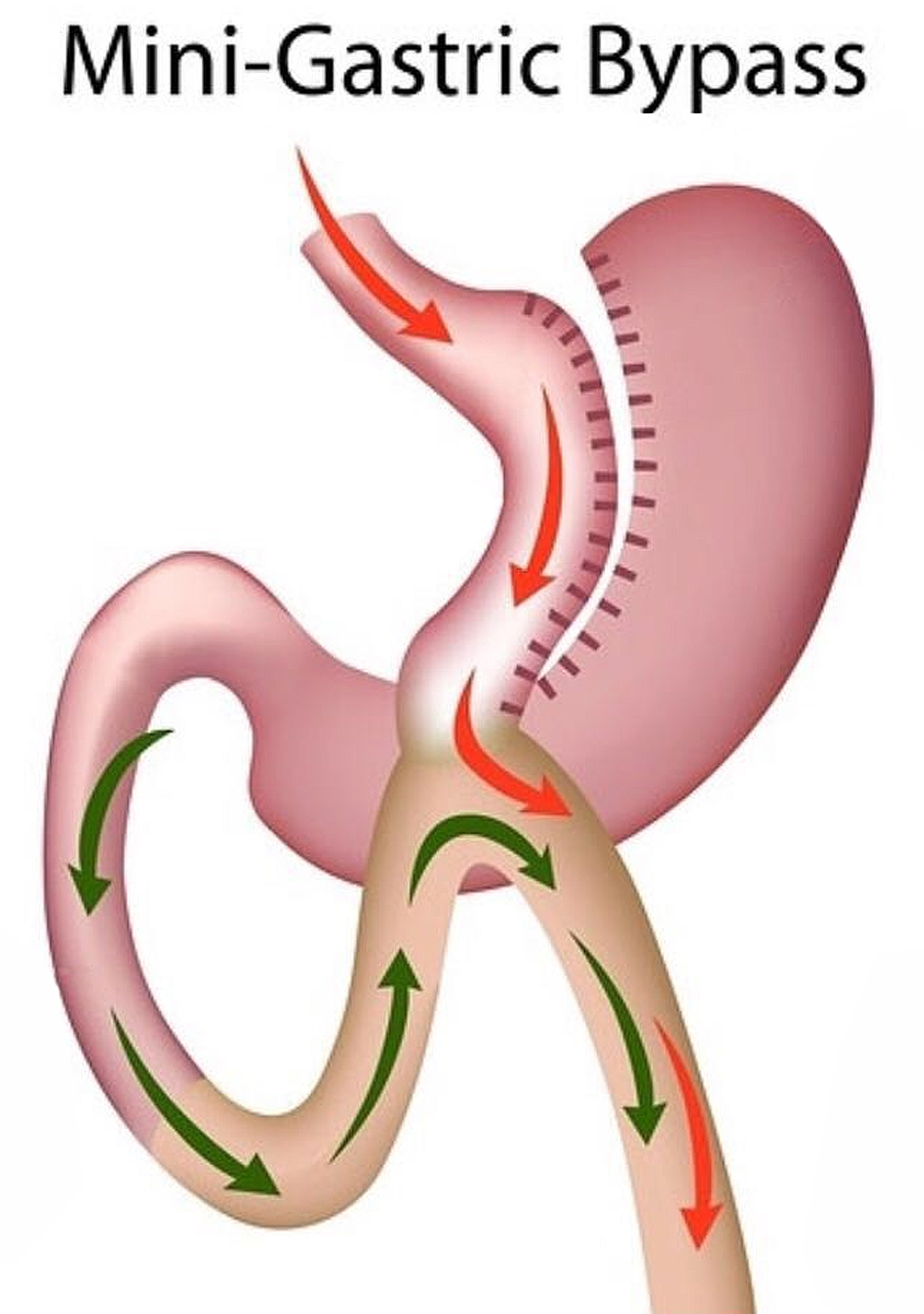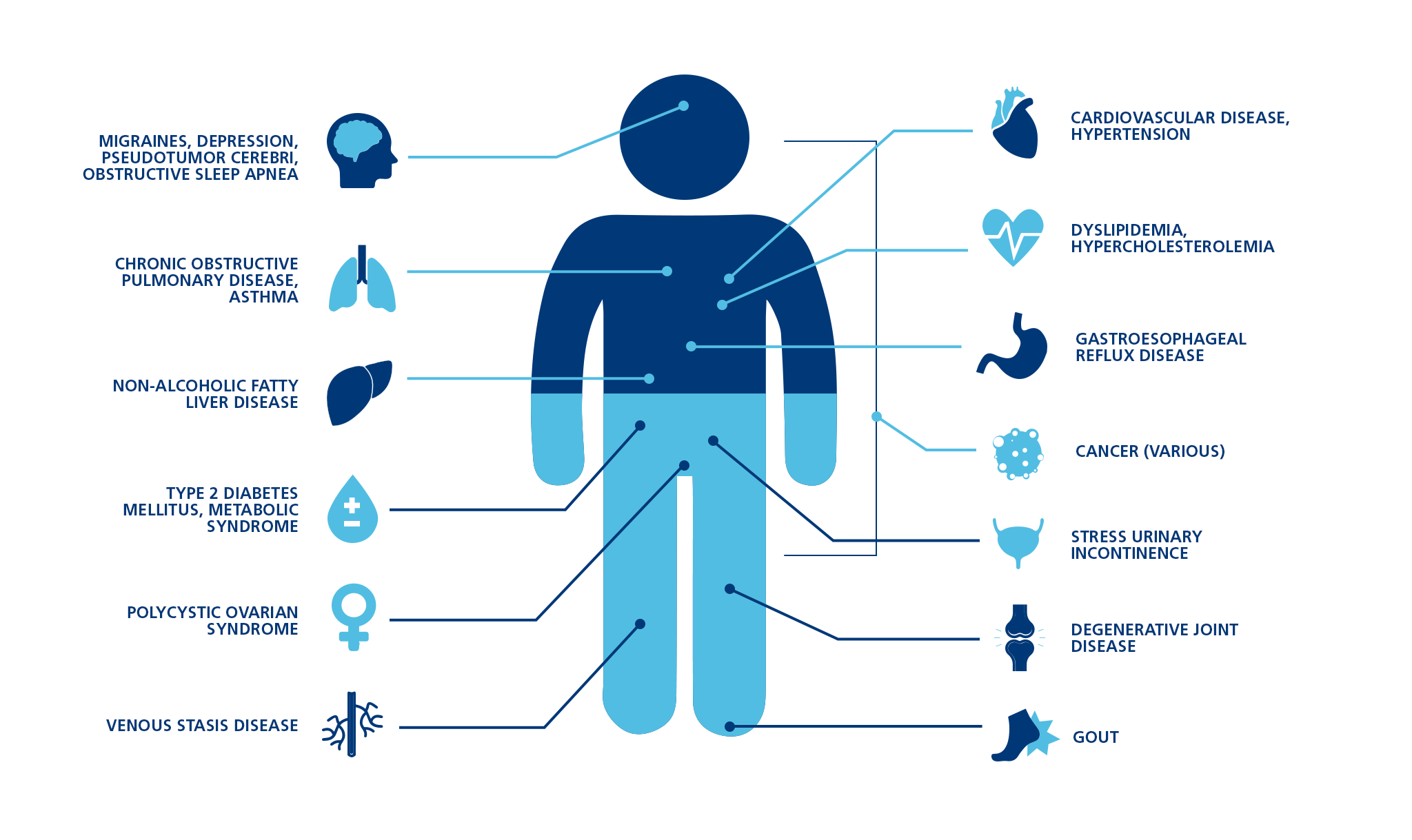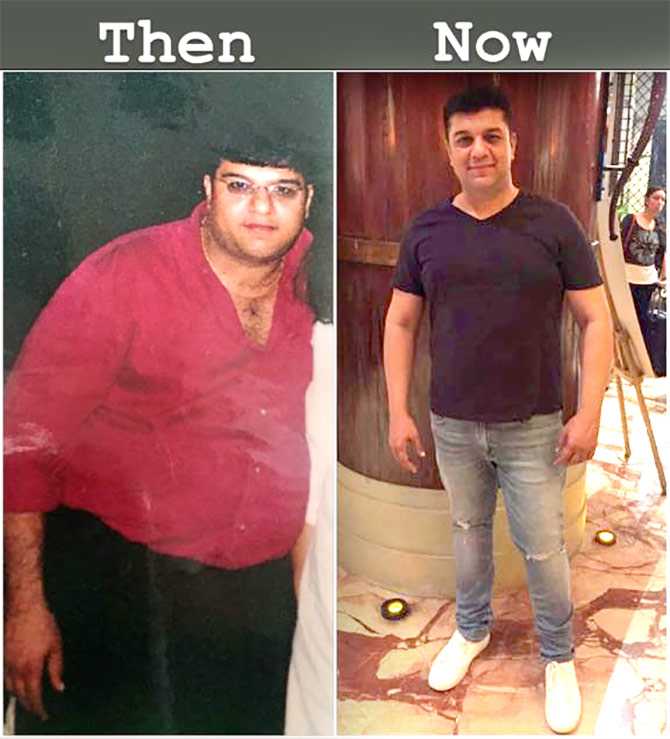Health
How To Portion Control?
Obesity is a growing epidemic, as more people than ever are struggling to control their weight. One of the ways of managing your weight is by Portion Control.
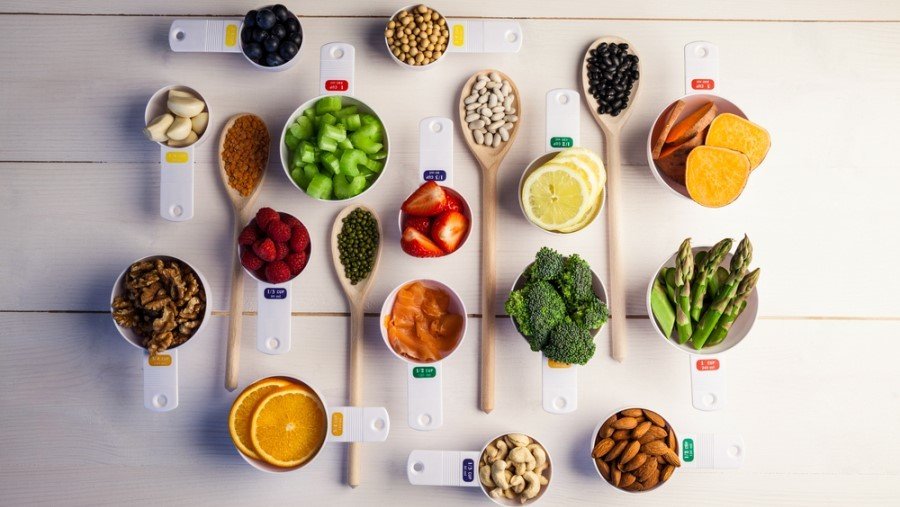
Overview
Overeating is considered as one of the primary causes of weight gain. Increased portion sizes are thought to contribute to overeating and thus resulting in unwanted weight gain.
Research indicates that many factors can influence how much you eat.
People tend to eat almost all of what they serve themselves. Therefore, controlling portion sizes can help prevent overindulging.
Controlling your portions doesn’t mean you need to eat tiny amounts or measure out precisely the number of peas on your plate. But if we’re eating too much, then we may need to retrain our brains to see a smaller-than-normal portion as satisfying enough.
Some tips to help with portion control
1. Use a smaller plate
A standard-sized portion will look small on a larger plate, making you feel dissatisfied. Use a smaller plate to prevent overloading.
2. Don’t double your carbs
If you already have some starchy carbohydrate with your meal, do you need bread, naan or chapatis as well? You could be doubling your portion, so if you like to have some bread on the side, you’ll need to cut down the amount of starchy carbohydrate on your plate accordingly.
3. Give measuring cups a go
Finding it difficult to gauge the right amount to eat? Try using measuring cups. You don’t need to have special cups, though; you could use any teacups, mugs or containers that work for you. It’s just a simple way of measuring the amount for you every time.
4. Be selective with your seconds
Finish your meal with fruit rather than chocolate cake. An apple will help to fill you up more than a couple of squares of chocolate, but both contain similar amounts of calories.
5. Don't pick at leftovers
Avoid the temptation to polish off friend's or family's meals or to nibble leftovers. Wasting food certainly isn’t ideal, but it doesn’t mean you need to finish off everyone else’s portions.
If you find it happens regularly, then get into the habit of cooking less or have a plan to use up leftovers in another meal.
6. 20-minute rule
Think you haven’t had enough? Wait for about 20 minutes before reaching for a second helping. It can take a little while for you to feel full after you have eaten. So avoid the temptation to keep eating and see if you get that feeling.
7. Check food labels
Make sure you know what portion the nutrition information on the front of pack relates to. It might be different to the amount you would normally serve yourself.
8. Ask for less
When you’re eating out, watch out for supersized portions. It’s easier to avoid temptation if the food isn’t on your plate to begin with. Hence, while ordering food, do it mindfully.





